






Melodrama is a literary magazine with the intention of showcasing the art, writing, photography and videography of the Ladue High School’s staff and student body. Our purpose is to be an outlet for student expression and accurately refect the diversity and creativity of our school community.


Melodrama is a literary magazine created as an extracurricular activity by staffers of Ladue Publications and student body submissions reviewers at Ladue High School. Melodrama accepts submissions of any writing, art, photo, video or other creative form throughout the school year via Google Forms. Detailed submissions guidelines are provided to the submitters throughout the submission process. Submitters are invited to include additional information regarding their submission. Submissions and notes are reviewed by a student editorial board at monthly meetings and accepted, rejected or deferred based on quality, quantity and similarity of subject matter. Melodrama only accepts submissions from current students and staff of Ladue High School. Melodrama reserves the right to edit writing for grammar errors that are not intentional, stylistic choices, and reserves the right to design the magazine using elements from visual pieces that do not misrepresent art or prevent the unaltered work itself from being featured prominently. Melodrama requests permission from creators before making any image alterations and grammar edits. Melodrama uses Jotform to collect artist signatures. Anonymous pieces are left without a signature but maintain the signature line.
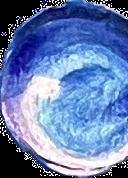
Ladue Horton Watkins High School
1201 S. Warson Road

St. Louis, MO 63124 April 2025 | Volume 6 laduepublications.com (314) 993-6447 ext. 5844 publications01@ladueschools.net



Instagram: @ladue.melodrama

School Population: 1572 total 171 staff 1401 students








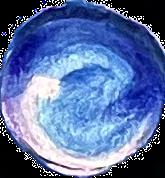









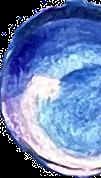



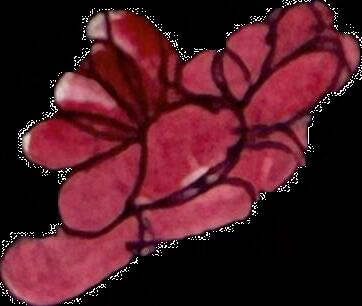
Welcome to the sixth volume of Melodrama! Founded four years ago by Ladue School District alumni Cassie Beisheim (2020) and Anna Liner (2020), Melodrama has evolved from an artsand-culture magazine to a bona fde literary arts magazine, shining a spotlight on the creative efforts of Ladue High School’s students and staff. At the helm of this metamorphosis was Rhea Patney (2022) and Oviya Srihari (2022), who believed in the importance of artistic expression when it came to fnding individual identity. Melodrama has transformed into an anthology of art, writing, photography and multimedia. Through the efforts of Olivia Hu (2023), Mimi Zhou (2024) and Annie Zhao (2024), Melodrama has remained steadfast in its goal to provide an outlet for the creative work of our student body. With dimensions typical to a storybook, this volume aims to transcend the boundaries of a typical magazine and become a keepsake, a piece of memorabilia ft for a bookshelf. Just like the tales within a beloved book, the mood of this magazine ebbs and fows with each consecutive page. By collaging different aspects of each piece for section dividers, we portray the expe-
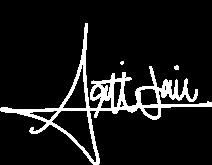
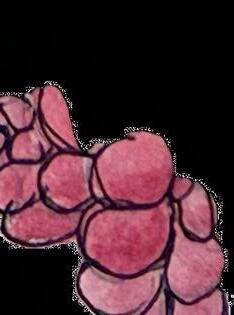

ARTI JAIN, EMILY LIU, editor in chief
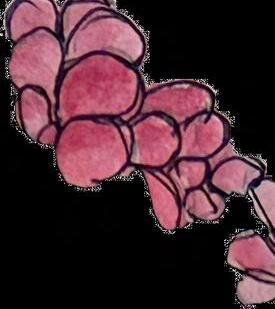
rience of moving with these tides. Each collage symbolizes a separate part of that journey: drought, fow, surge and recede. First, you’ll be surrounded by an absence, becoming accustomed to the space’s sparse elements. Next, you’ll ride with the waves, feeling at peace with the tide’s fow. But soon, it’ll all come too fast, a rapid current sub merging you in overwhelming shape and color. In the end, though, as you escape through the fnal pages of the issue, you’ll fnd the elements receding.

To close, we have several thank you’s. First, thank you to our staff — editors, submission reviewers and designers — for helping us advance the magazine and sharing this passion for Melodrama. It was a joy to watch the magazine take shape with you. Secondly, thank you to our advisers Sarah Kirksey and Abigail Eisenberg for their guidance, patience and time. Of course, none of this would’ve been possible without our submitters. We loved reviewing every single piece submitted; we’re so incredibly lucky to be surrounded by such talented and creative students.
Last but defnitely not least, thank you, dear reader. We hope you enjoy the sixth volume of Melodrama.
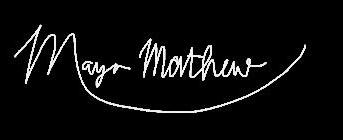
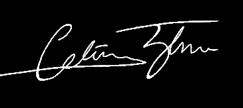
MAYA MATHEW, CELINA ZHOU, junior editor in chief
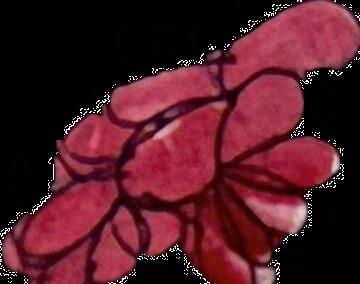

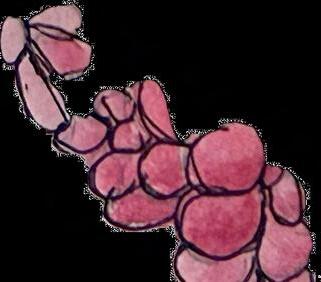


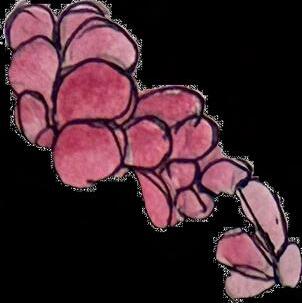


























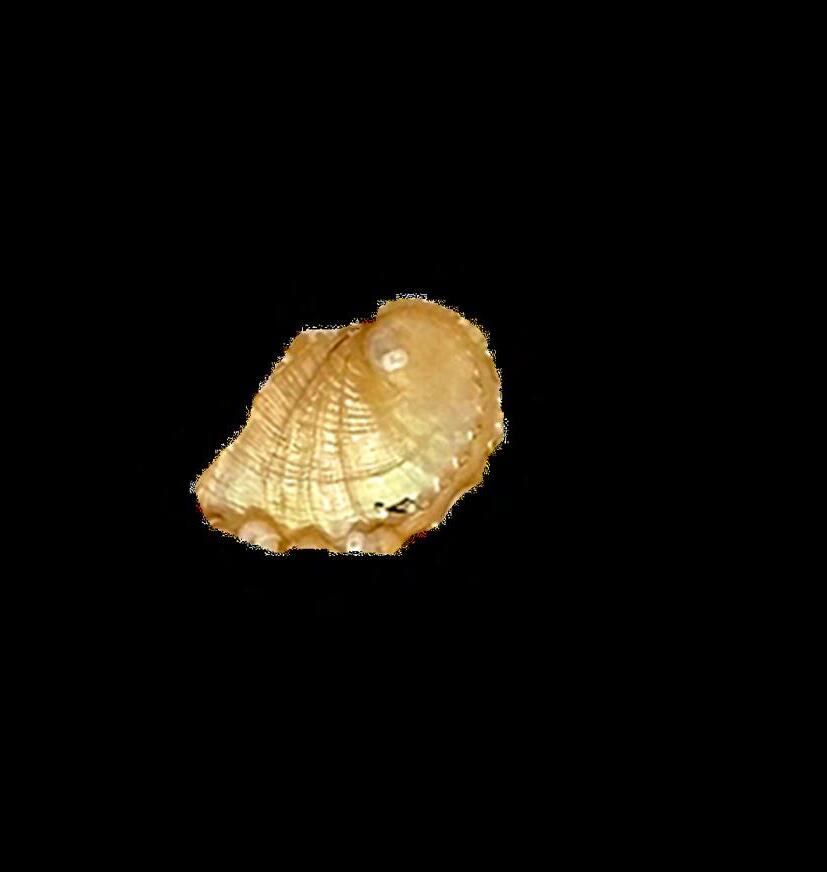
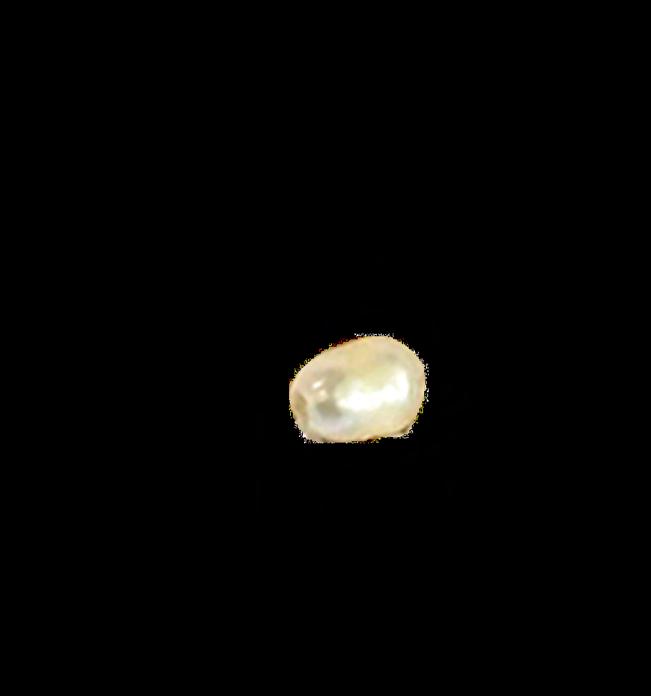

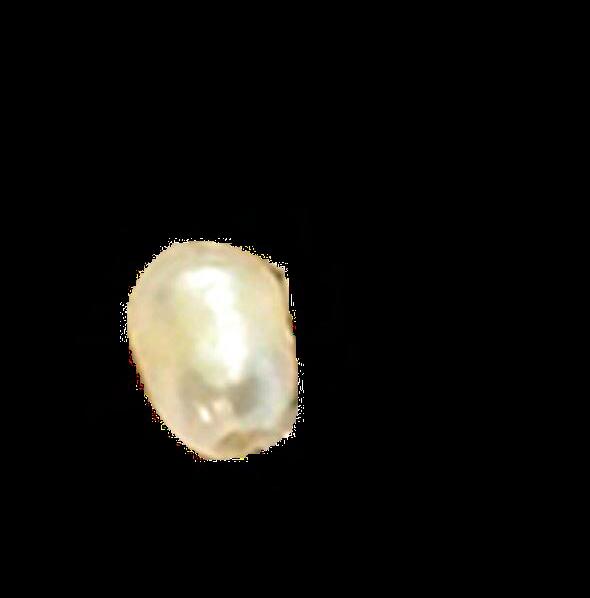
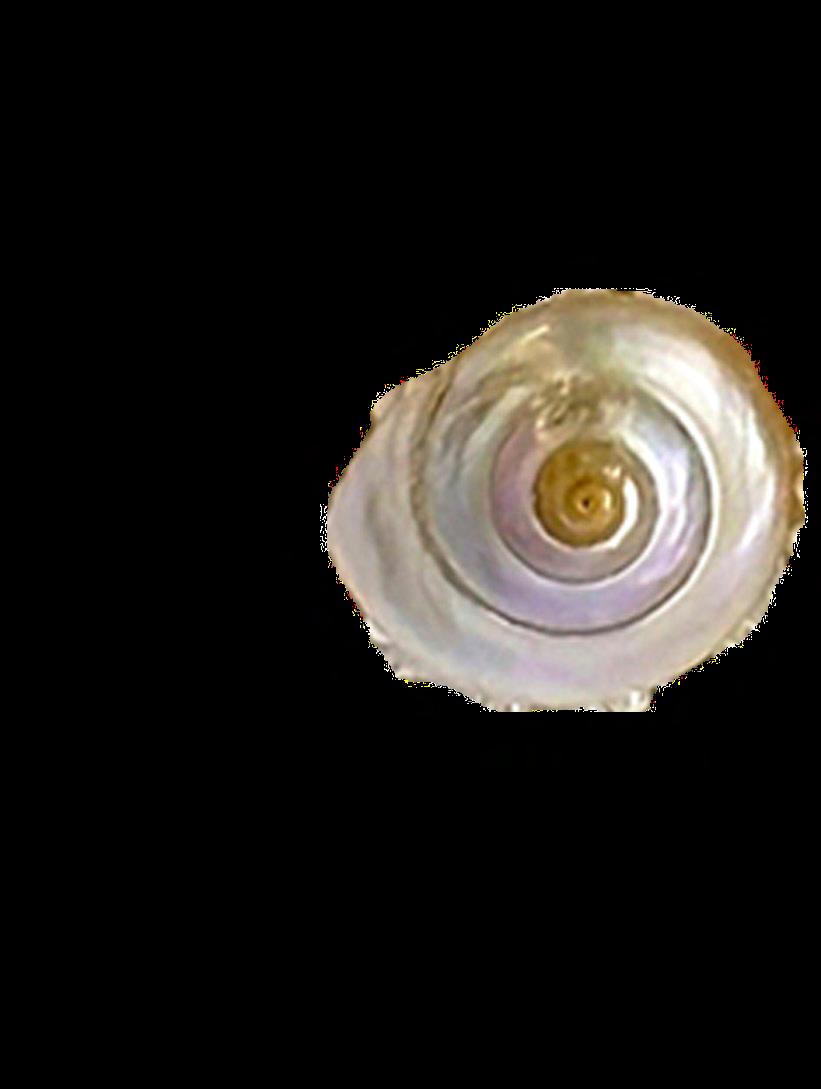
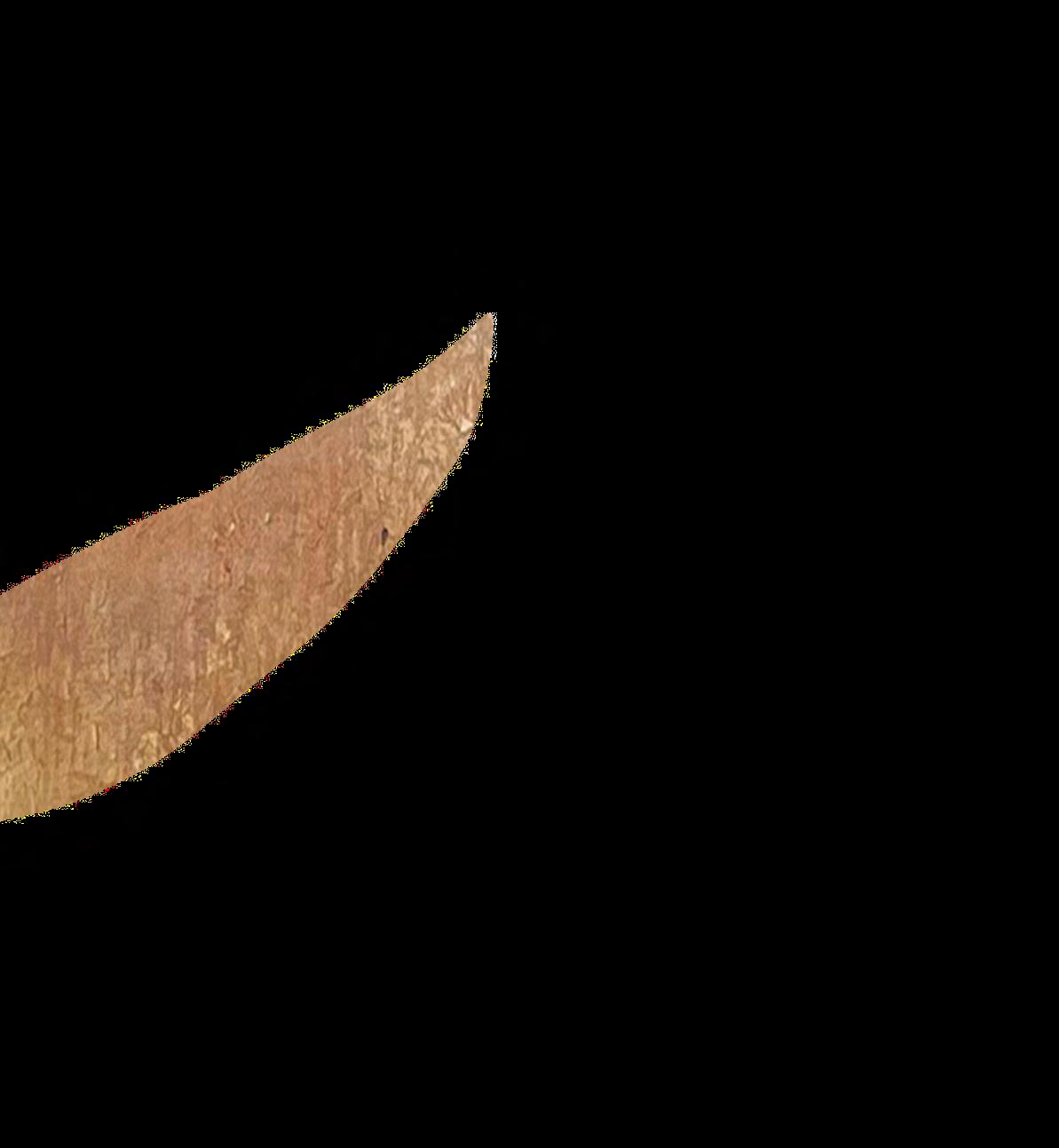
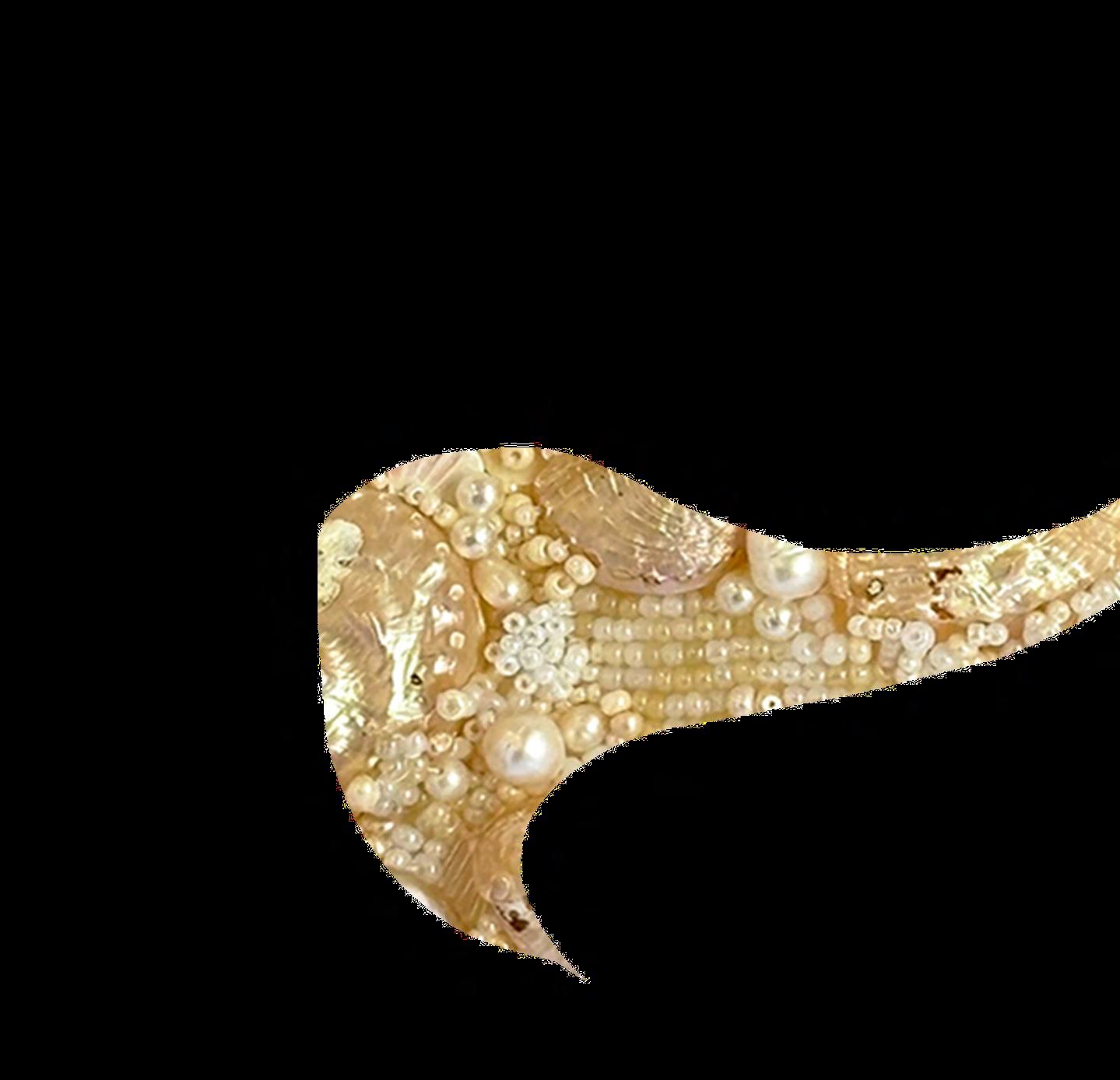

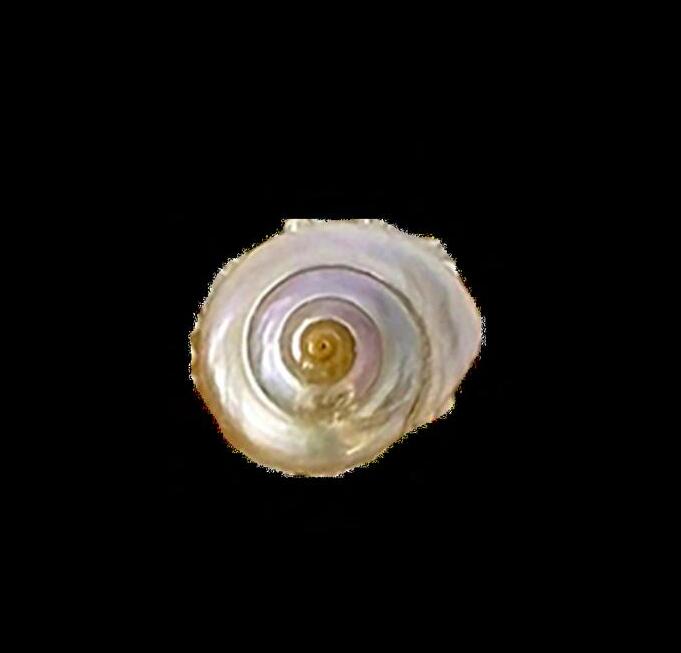

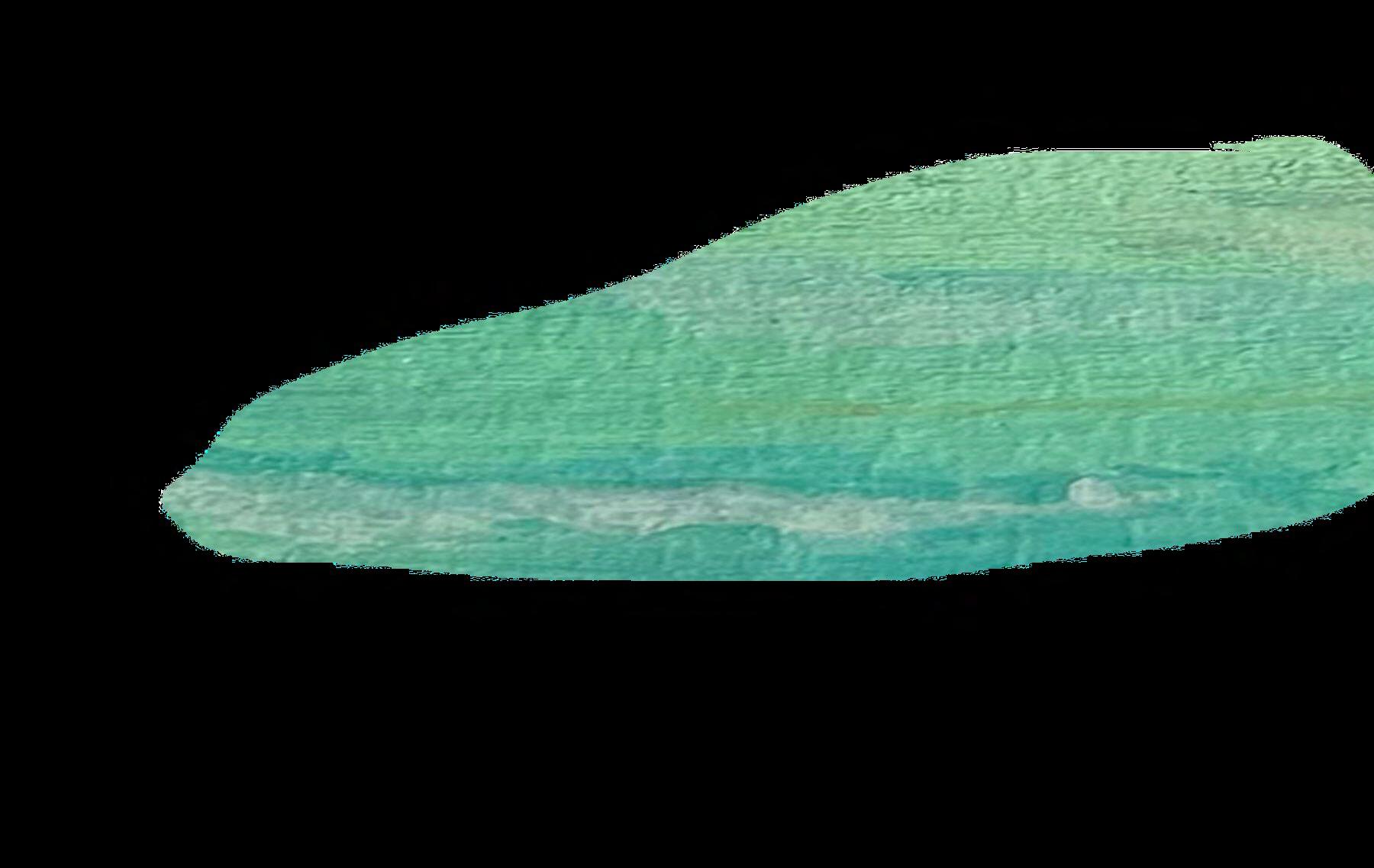

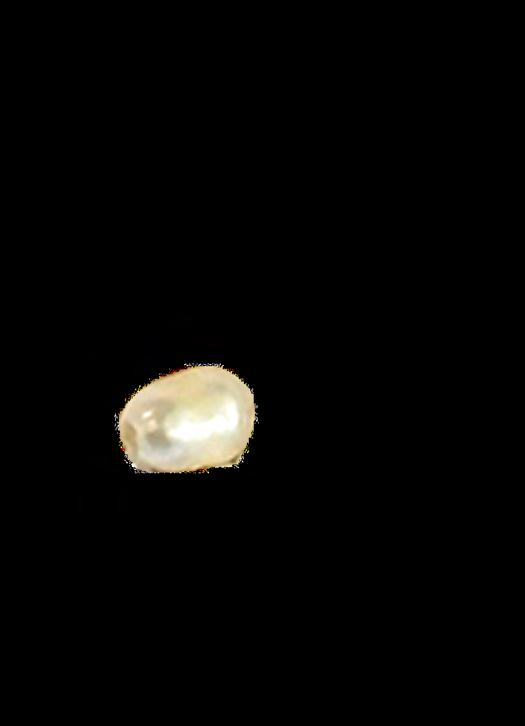



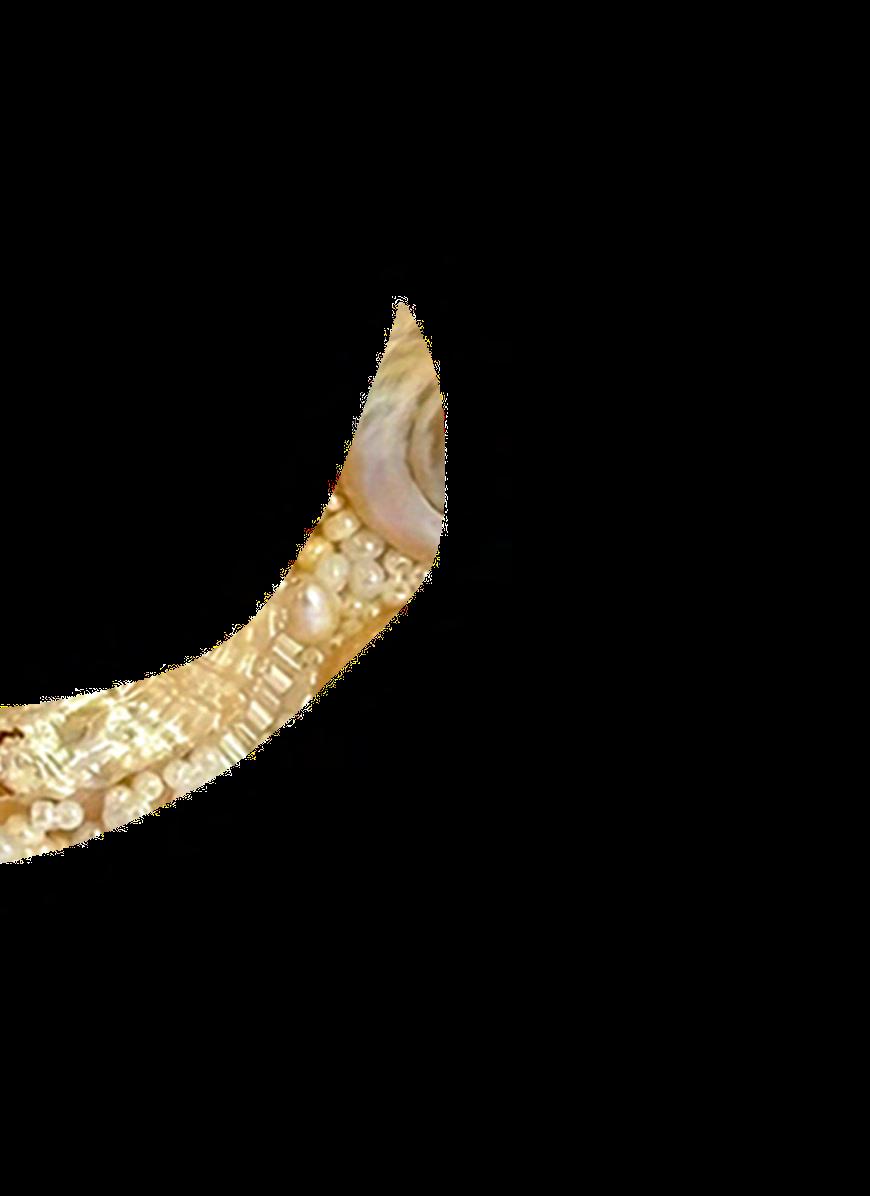
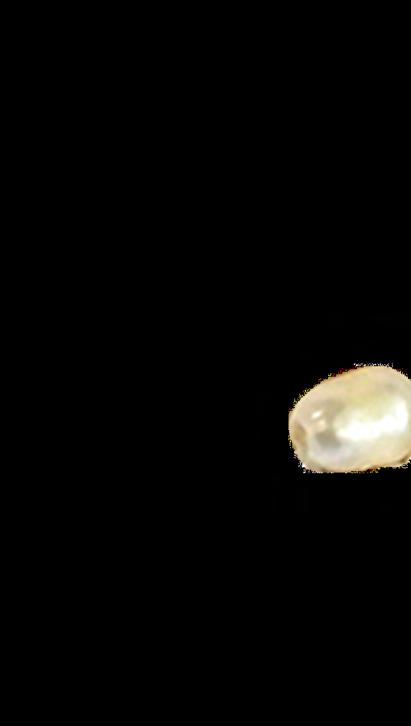
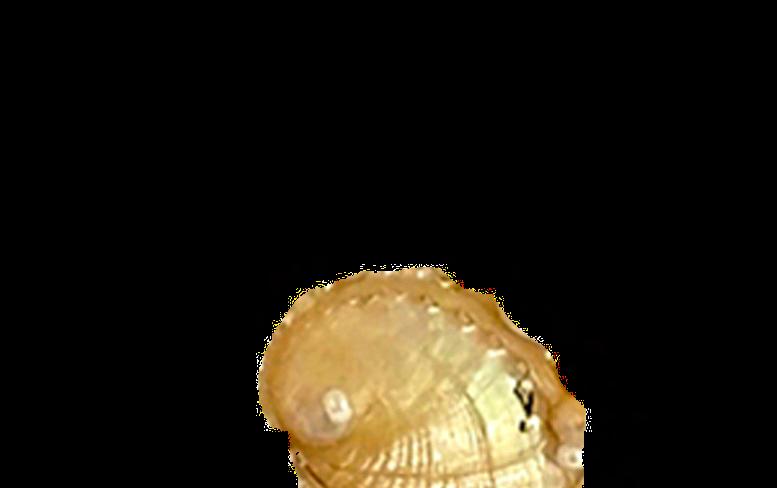

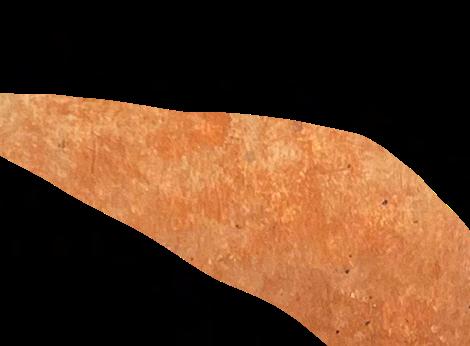




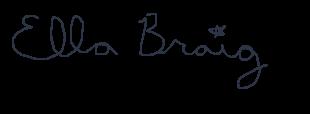
ELLA BRAIG, poetry

Mom tells me she has One Good Story in her: Relatives huddle around the kitchen table
Close in proximity, but enjoying a private moment
Mumbling each to themselves, “Komm, Herr Jesu,”
It’s a modern story


In a time of electricity, But in my mind, it appears as if it were lit by candlelight.
In the shotgun of Mom’s car.
Laurels crown me Princess of the Sudan
We drive back home
From seeing my One Good Story on display
And I think Mom wants to put her’s next to mine
But then she says, “As a parent,
You want your kid to do better than you ever did,”
So, I assume she keeps her One Good Story

Locked up tight in a chest And wears the key around her neck.
Mom pulls into the First Watch parking lot
And we eat eggs
Sunny side up
But before that, We fold our hands
And bow our heads
“Komm, Herr Jesu; sei unser Gast...”







Scan For a recording of the author reading their piece.














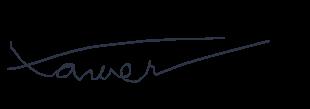
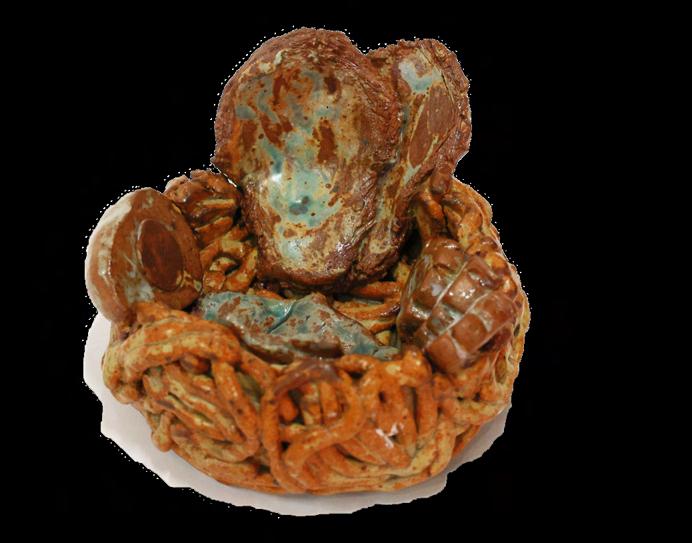


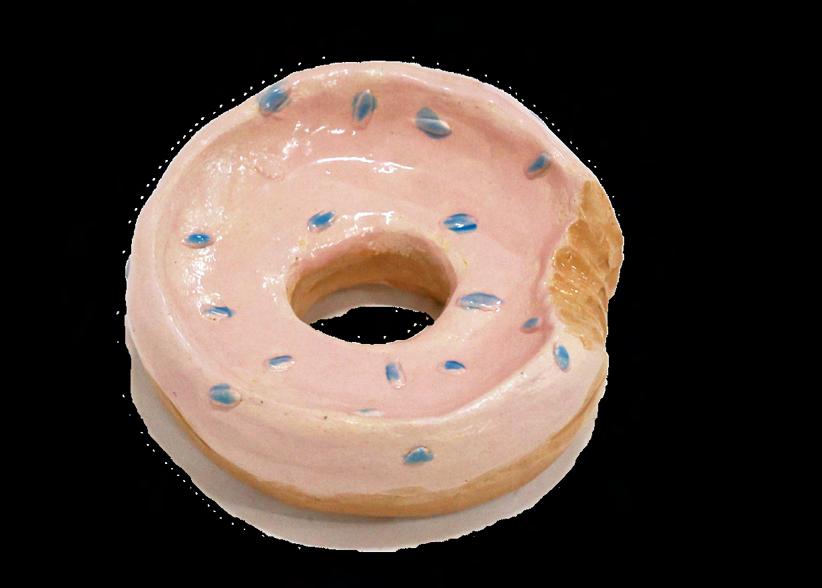









alcohol marker drawing

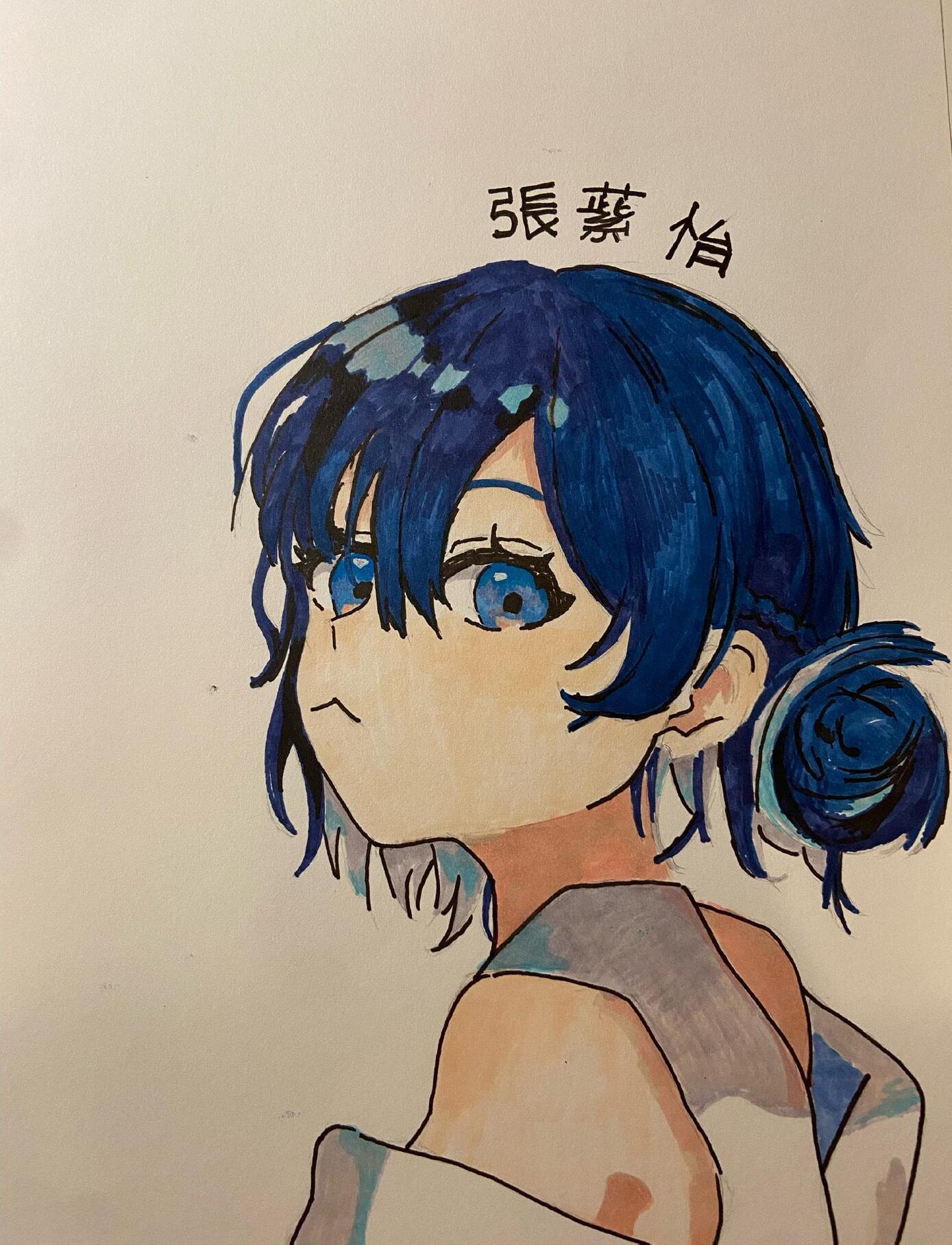

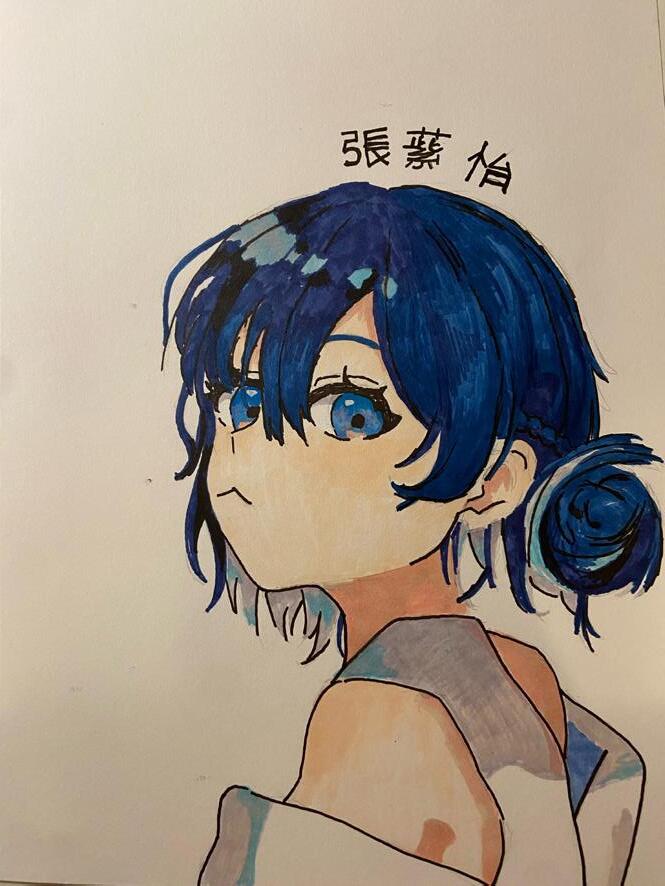
Q: What are some of your biggest artistic influences and how have they shaped your work?

A: My biggest artistic influence would be my interest in manga and anime. My mom has always been really interested in that, and she introduced me to it. That’s a shared interest we have, and I like the art style. Without really intentionally doing it, it influenced my art style a lot.
Q: How does your personal background or identity inform the creative process?
A: I think both of my parents are pretty creative, and they encourage me to work on whatever projects I’m interested in. That’s allowed me to pursue my creative passions, which I think is really nice because it allows kids to do what they want.
Q: What materials or mediums do you prefer to work with?
A: I like to do a lot of different mediums. Especially because I can get burnt out creatively pretty easily. I like alcohol marker art, which I’ve started doing recently. I also like digital art. It really just depends on what I want to create, what I think would look better for a specific piece.
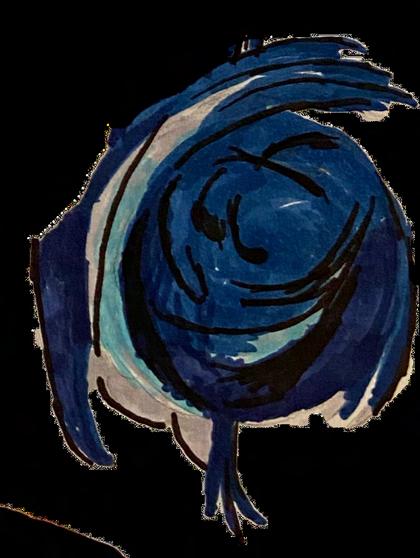
Q: What inspired your piece Serenity Blue?
A: I was trying to work on blending colors a little bit and finding colors before I start my piece that work well together. That was one of my first alcohol marker drawings. And I was still figuring out how the medium works.
Q: Are there any upcoming projects that you’re excited about?
A: Senior year, I’m planning on taking AP studio art, and I’m very excited for that, because I plan to submit a portfolio to college. Even though I’m not going to school for art, I’m going to school for computer science, I think it’ll make my application more unique, and I want to share an

do something that’s supposed to be for fun takes the fun out of it.
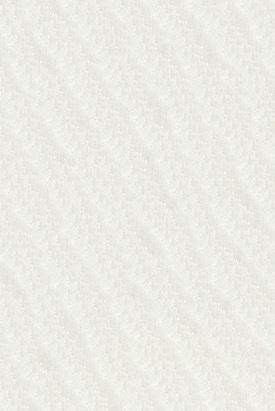



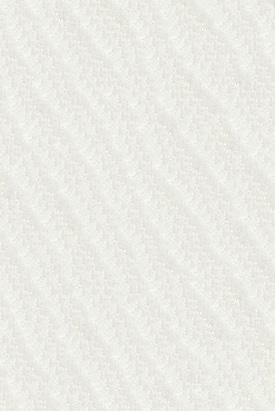
Crowning the forehead, a triple-crested sunburst spreads from the face, de ecting each impact. Black streaks—like skid marks on concrete— scar the once-white surface.
Rust creeps along the stainless steel cage, moisture settling into each abrasion.
Le of center, a dent: an impact it almost failed to hold back. Almost. e last of the black lettering: I-T-E, its origin scraped away. Five black straps–frayed, taped, stretched thin–hold it on, well enough.
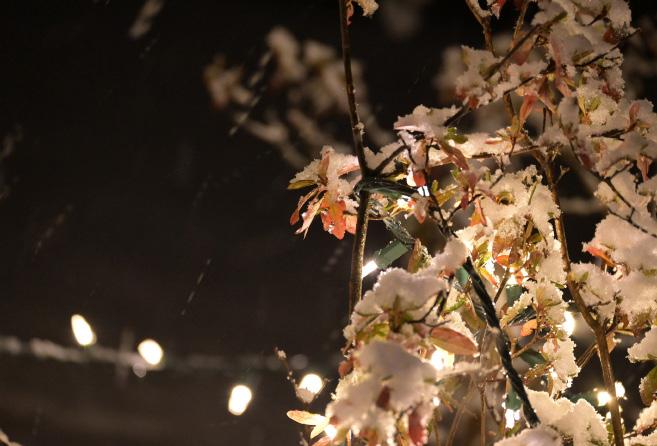


Pou de creme is a rich chocolate dessert that is similar to a chocolate mousse. The rich chocolate is offset by the light and sweet whipped cream, with a mint leaf for garnish.


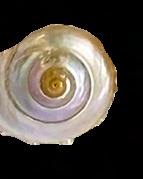




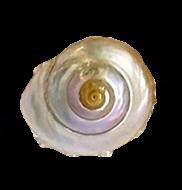


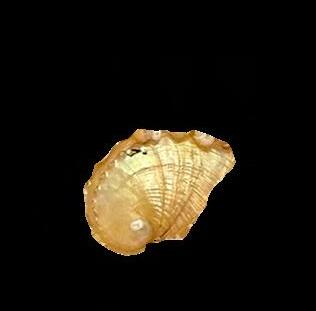









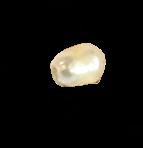

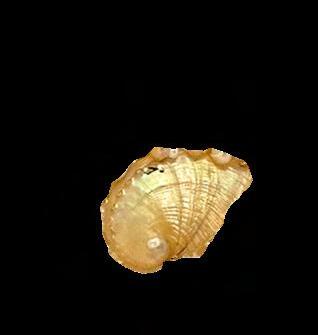

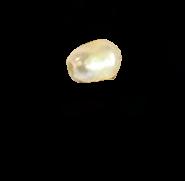







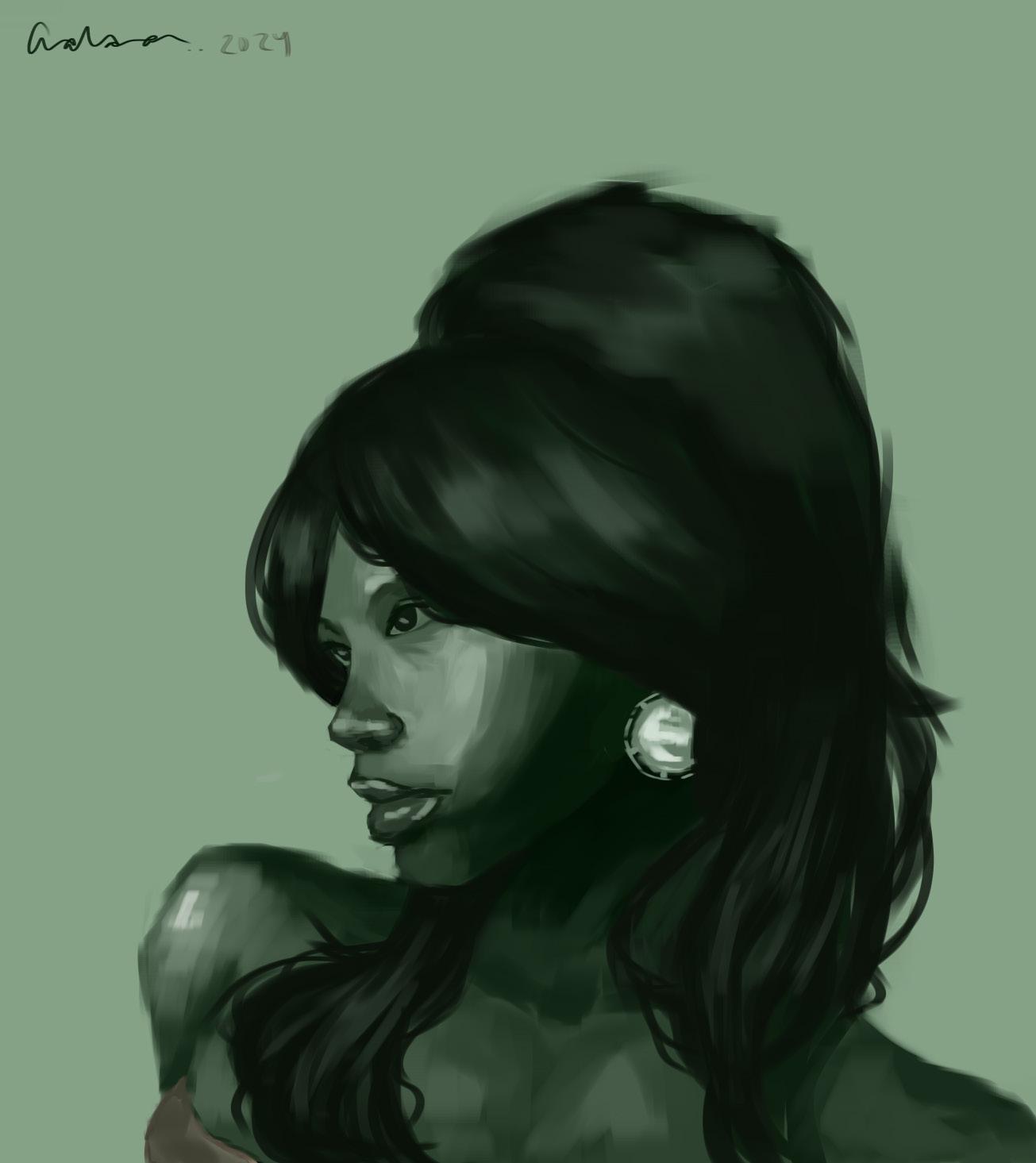

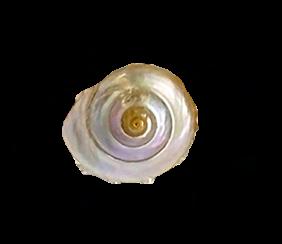

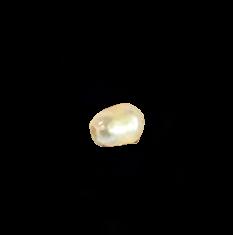
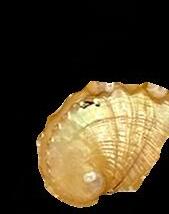




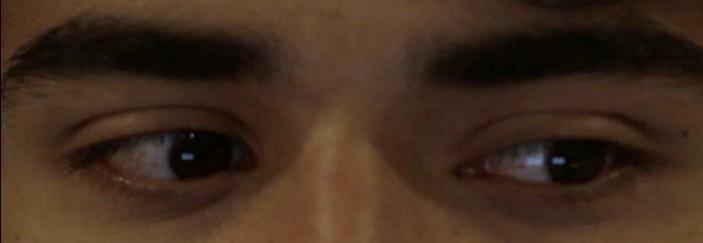




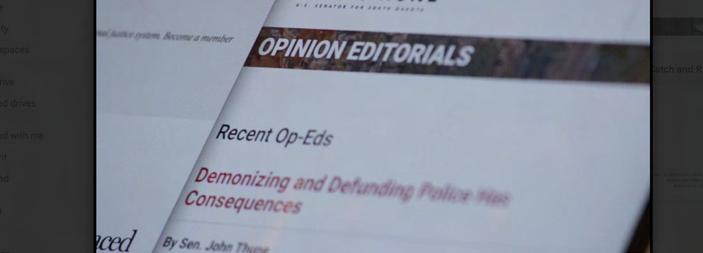


SETTING:
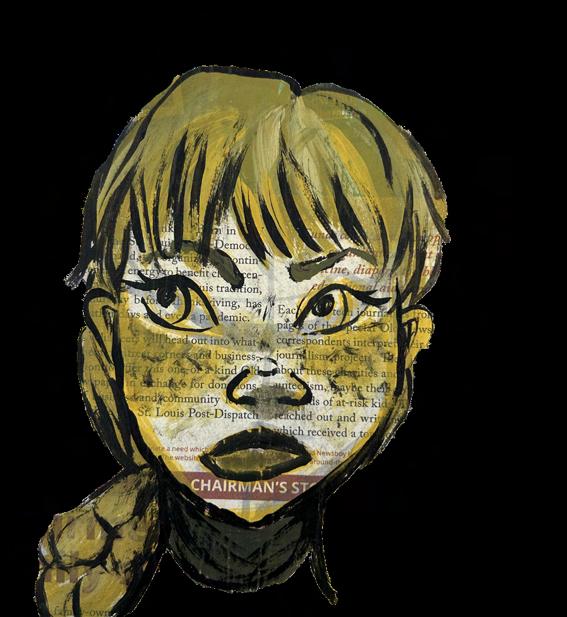
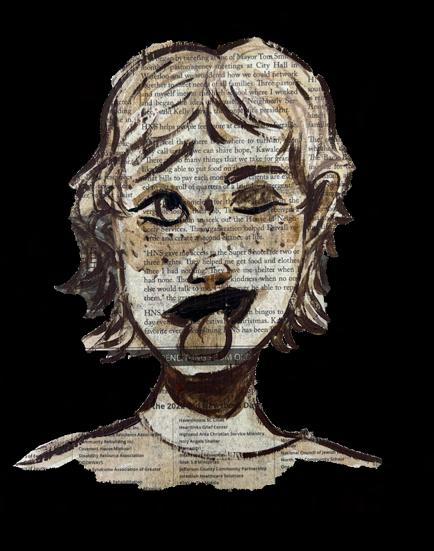
Lake Harvey is no Lake of Shining Waters. Dull, grassy, and brimming with green water, it makes for perfect camoufage for the emerald large-mouth bass that inhabit it. Among the wildlife sits the S.S. Rosie, a fshing boat anchored so close to the shore, its passenger could reach out and touch it.

THE GIRL:

(DOMINIC lugs a net up and over the edge of the S.S. Rosie. He grunts, shaking the net lightly to omit any possibility of water entering the boat. Once his trap has made its way into the watercraft, he retrieves a hearty bluegill from the netting. Holding its fns to its scaly body, he rummages for his swiss army knife in his windbreaker’s pocket. Then, he puts the fsh out of its misery and begins examining his next victim. As he goes to knife it, someone stands up behind him and cries out from the shore.)
What are you doing?
(The wind is blowing feverishly. DOMINIC can hardly hear her.)
DOMINIC: Huh?
THE GIRL:
DOMINIC:
I said, “What are you doing?”
Catching dinner. Get out of here, kid. You might get scared.


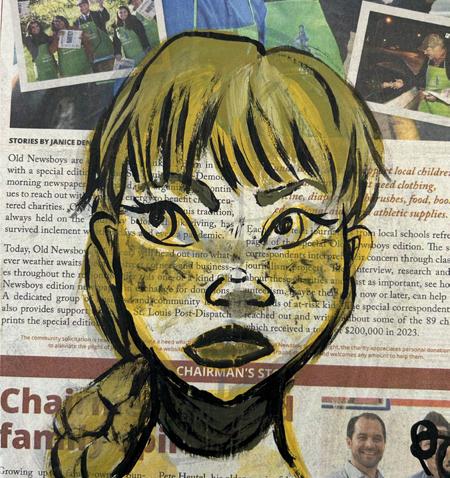
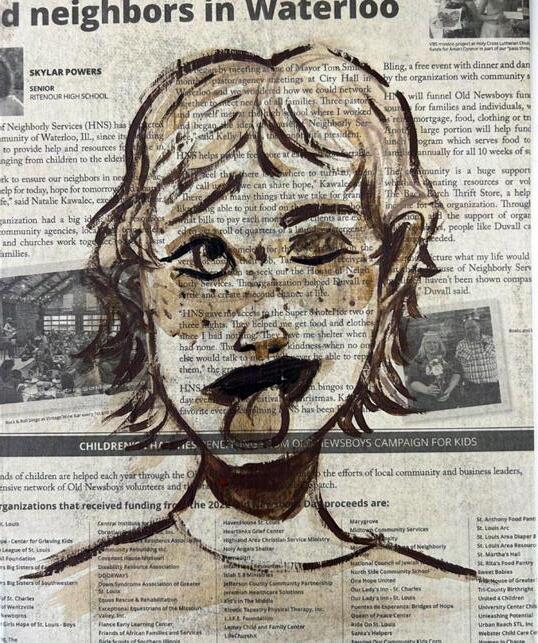

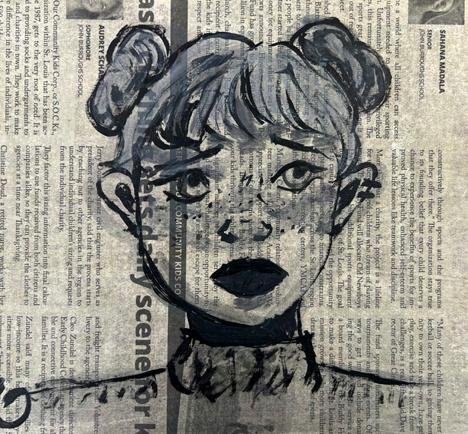



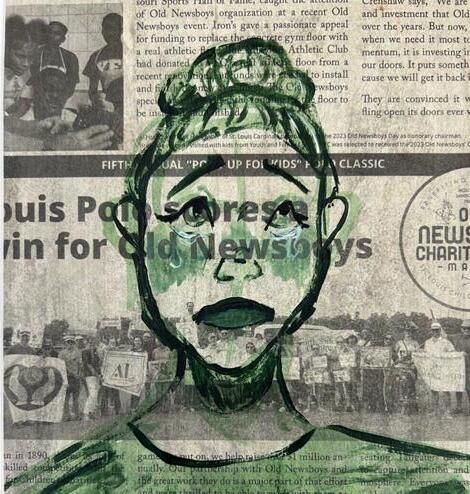


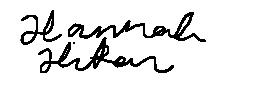

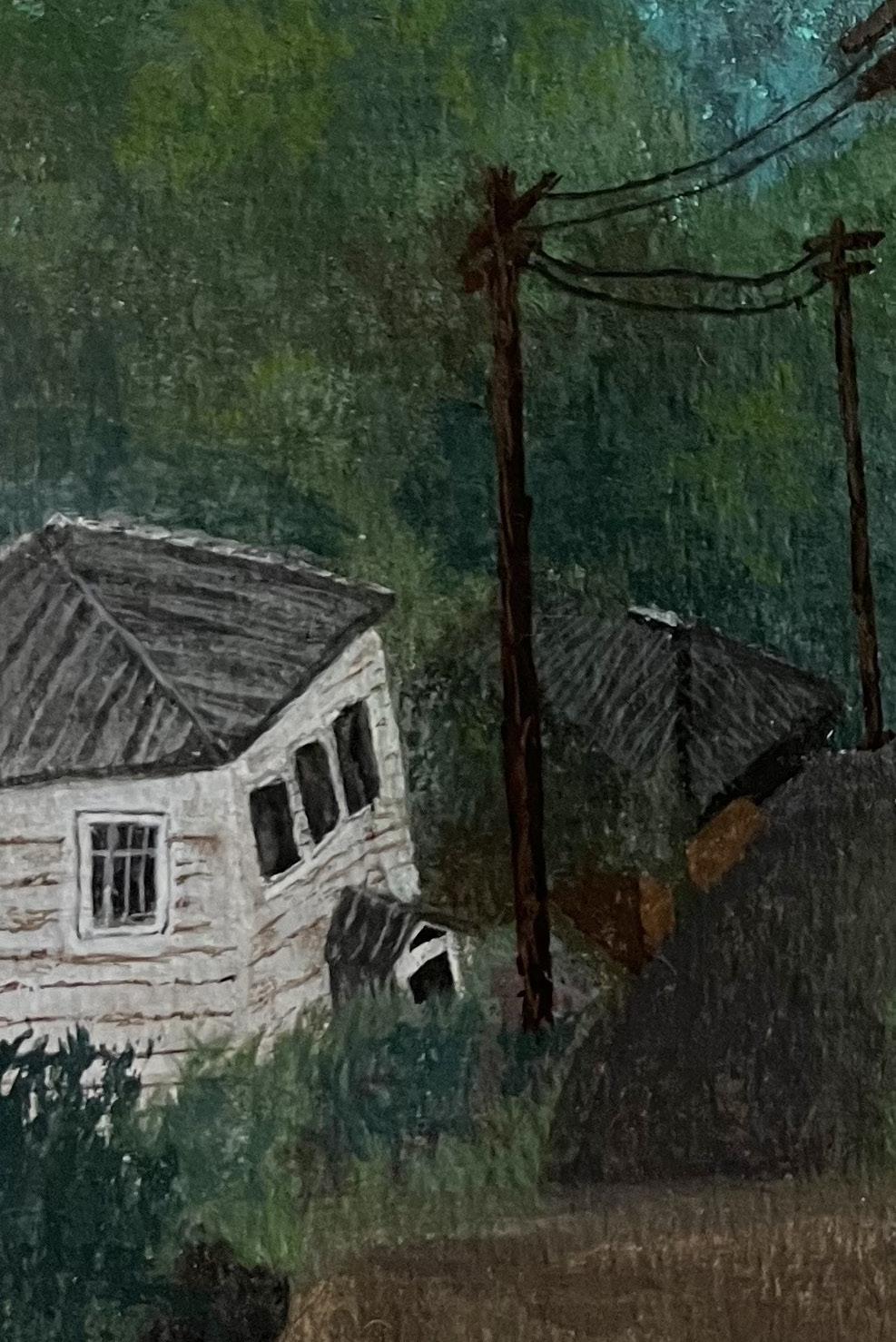
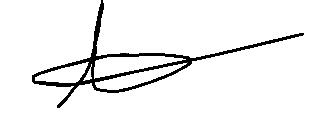
AMELIA CHOSTNER, prose
The ground trembled beneath Liora’s feet, not in warning, but in promise. She’d seen it happen before—forests dissolving into oceans, mountains crumbling into dust—but that didn’t stop the terror that overcame her each time. The sky opened with a shard of light and the world began to change once again. Liora darted towards the cliffs which were currently the only unchanged spot. Behind her, hills crashed like a stormy ocean while mountains caved into valleys. As The Change raced towards her, Liora pushed herself harder, her legs burning. Though she tried, she couldn’t outrun The Change, nobody could. It was the most destructive thing to exist. The Change swallowed kingdoms overnight and destroyed entire cities. The Change didn’t exist before. Nobody knows how it came to be or why, but the frst Change occurred on November 23, 2007, Liora’s birthday. Also since her birth, a permanent streak of light in the sky has caused even the night to remain lit.
Though she tried, she couldn’t outrun The Change, nobody could.
The cliffs seemed to appear larger as Liora drew closer. Upon the horizon, she could see something beginning to form. Another streak of light peak-
When Liora awoke, her head resting on a large stone, the world was calm. She rubbed her eyes and yawned as if she had just come out of a long nap. She examined her surroundings, taking in the hundreds of trees in every direction. There was a calm river fowing gently to her right. From within the forest, a twig snapped. Liora whipped her head around to where the sound came from. She narrowed her eyes as a fgure began to come closer to her. Scan For the full text.
ed over the hills in the distance. Liora fnally reached the cliffs but stopped suddenly when she did. The air was thick with tension, cracks and crumbles flled the eerie land around Liora. Panting, she looked behind her, The Change was coming faster now, spreading further. Liora knew the rules of this world better than most, but even she could feel something deeper unraveling. A loud, rupturing noise distracted Liora from her thoughts, she looked up to see that the split in the sky was no longer there. In place, was a crack. Thin, jagged features spread across the sky like a mirror shattering in slow motion. A piercing light began to destroy Liora’s vision as she fell back defenselessly.
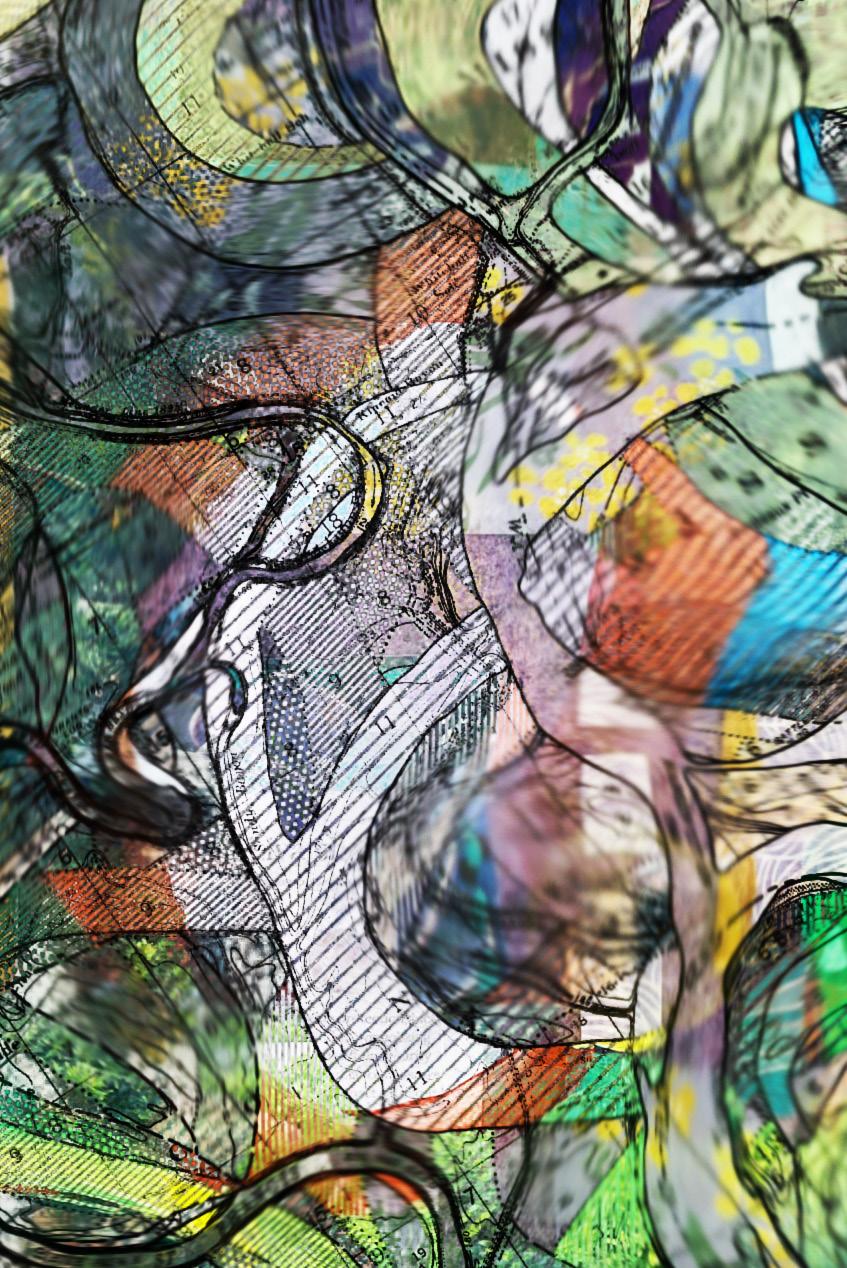

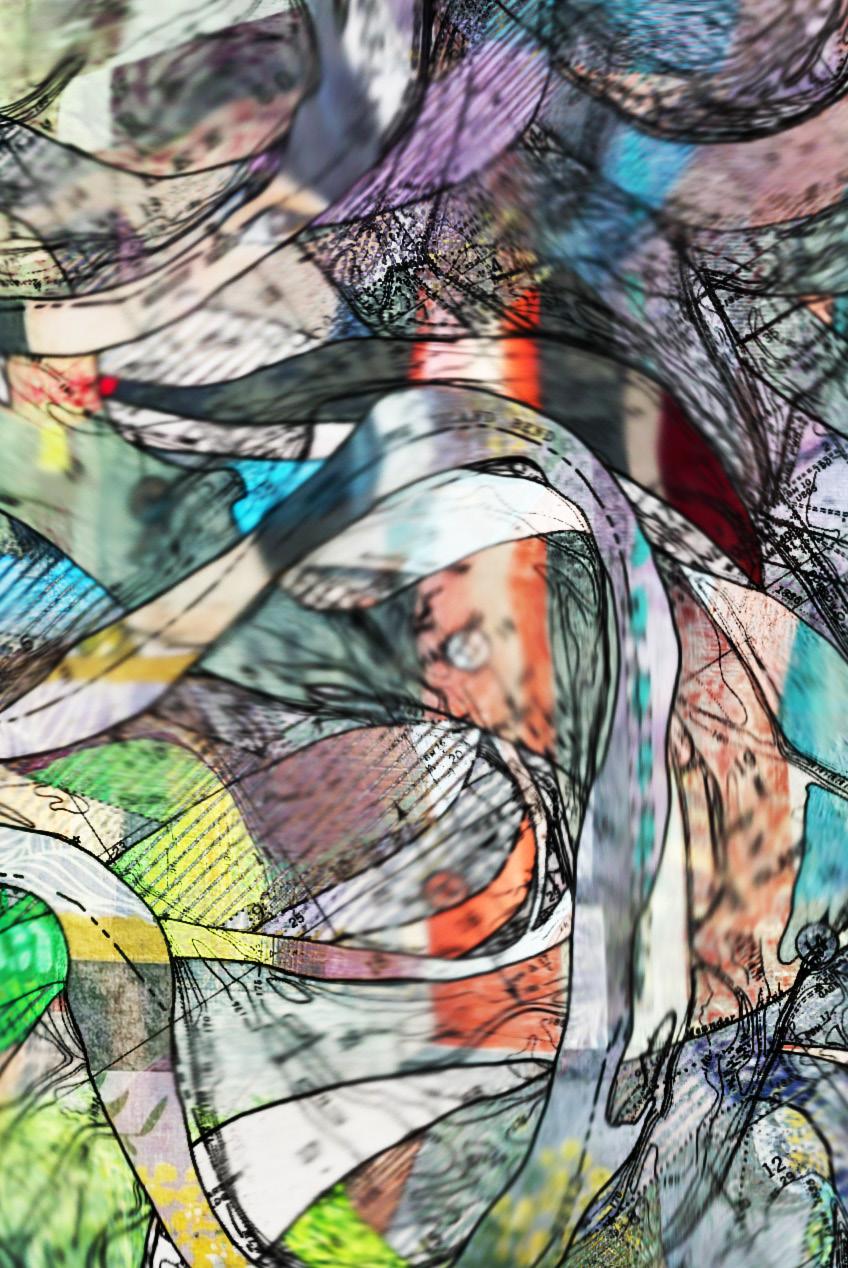







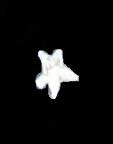


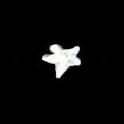










MIA LALOV, poetry
(a)
Thus begins my ode of inveigh–
My child, ne’er will we play!
Ne’er will I kiss a tender face, looking into eyes gray, Ne’er will there ever be an hour to mark a birthday; Ye piles of my toys left to decay. (e)
My child! I know thou must hate me. Doomed to never be a baby.
Grounded, earth waiting to see seed; Fertilization would be your guarantee And to me the most horrifc feat. (i)





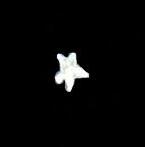


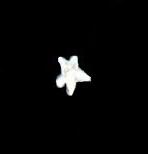

Each time I look to the sky I wonder, would it have been stars or clouds that caught thine eye? Would it have been women, with curls piled high–Or working men, caring lofts of ply; How would my yute have passed their time? (o)
Now your soul resides in its waiting room, And in my nightmares I am there with you. I can feel thee trembling within my womb, Phantom kicks in a plea to be exhumed From the cavity you know is only a tomb. (u)


In my years I shall be labeled a shrew As I refuse to give birth to one like you. Because of my denial of Eve’s similar virtue They will look down upon me from the pew, And see my duty as a woman being put to no use.

*And sometimes (they ask me) Y.
Originally titled “Teaching Your Unborn Son Vowels”, the poem is organized like an ode, following a classical end-rhyme pattern, each of which connects to one vowel letter. It’s a more juvenile version of The Mother by Gwendolyn Brooks.

SURI JOHNSON, acrylic

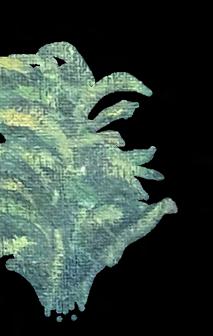
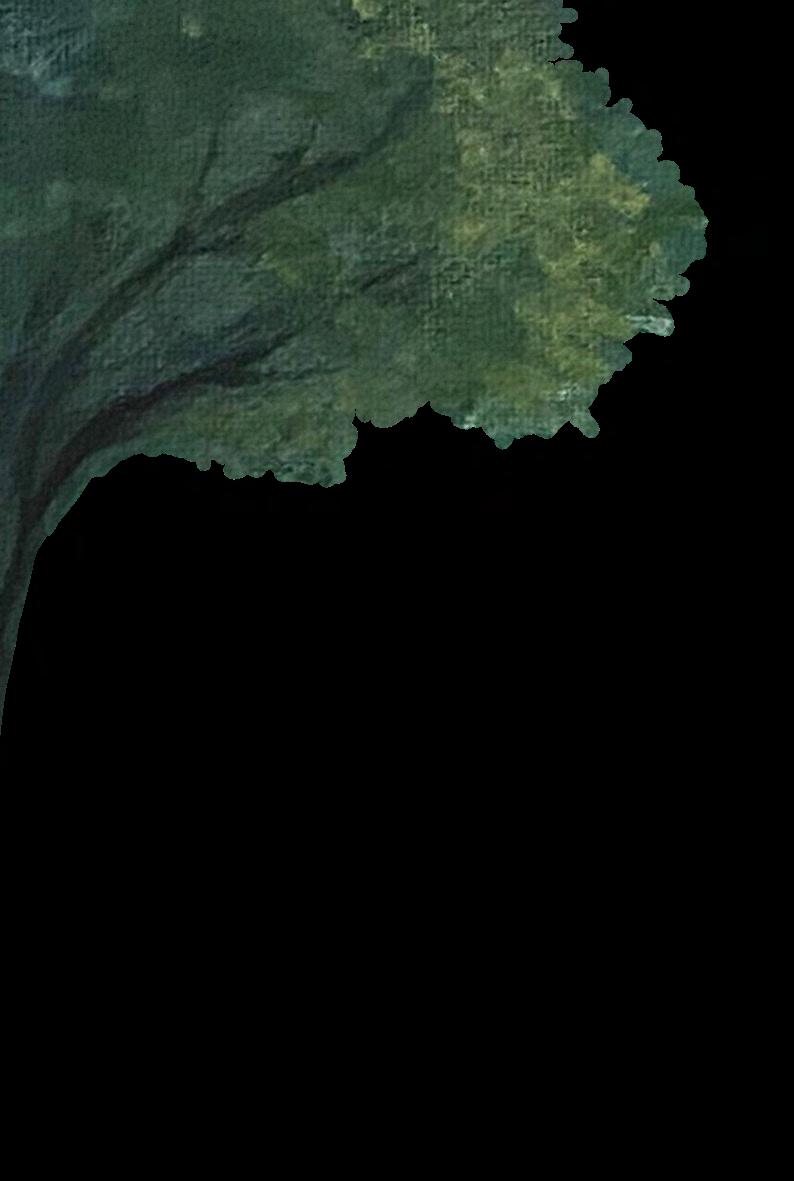
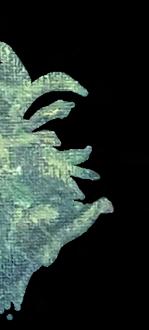
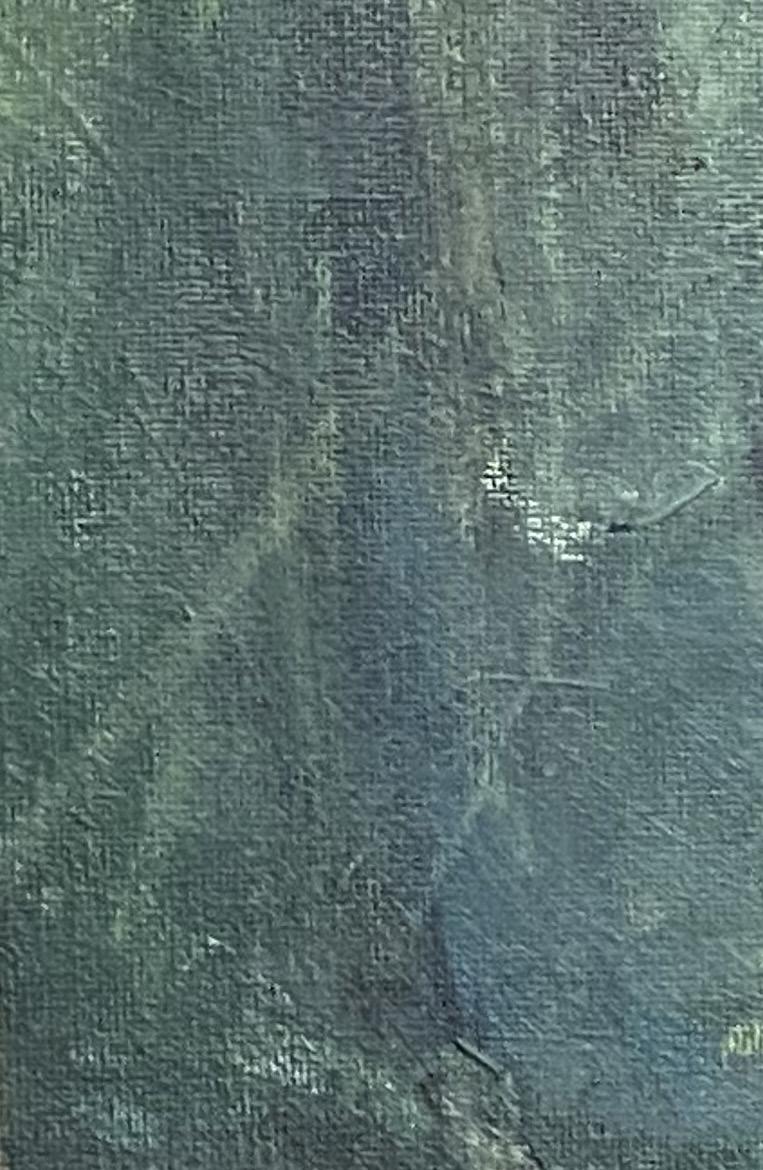

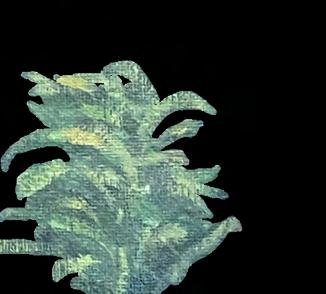

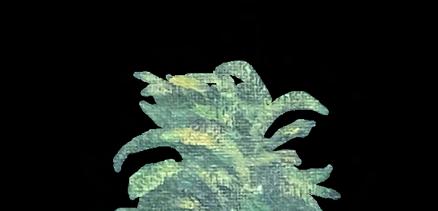

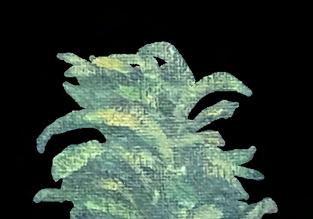
It was, again, from a movie I love called Princess Mononoke. That’s the same one I did last year, the same movie, and it’s of the red elk in a forest. And I specifcally love that character because it reminds me a lot of my dog, Teto, and I just think he’s a very beautiful and cute character. And I just love the lighting of that image.

Q: How did you frst get into art?
A: When I was 10 because I just really liked how fowers looked and I just started drawing fowers, and it branched of into other types of art. A year ago, I started painting.
Q: What materials or mediums do you prefer to work with? And why?
Q: What are some of your biggest artistic infuences and how have they shaped your work?
A: I’d say my biggest artistic infuence was probably Van Gogh, because I love the colors he uses, and the obvious brush strokes, I like that.
Q: How does your personal background or identity inform the creative process?
A: A lot of people that I paint or draw have similar features to me. Growing up, I was insecure about my nose and my hair, my eyes or my eyebrows because of diferences in ethnicities and being Middle Eastern. So now I paint them or draw them in ways that I think are beautiful.

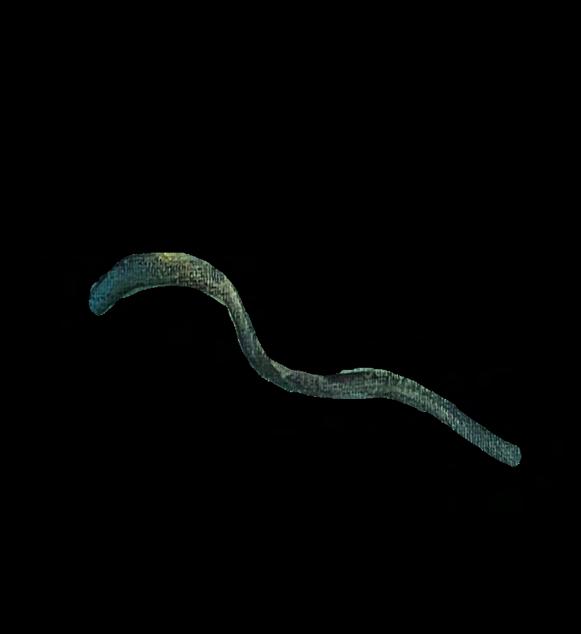
A: I prefer to work with watercolor and acrylic on canvases. But a lot of times I choose the watercolor because it’s easier to layer things.
Q: How do you overcome creative blocks?
A: Usually, by watching movies. I usually watch Studio Ghibli movies and anime, and things like that, to see really good screenshots and animation.
Q: What emotions or messages do you hope viewers will take away from your work?
A: I hope that when people look at my work, it reminds them of something. It doesn’t have to be anything specifc, but it just should invoke some emotion in them at least. I want them to look at it and see something and not just someone that painted it.

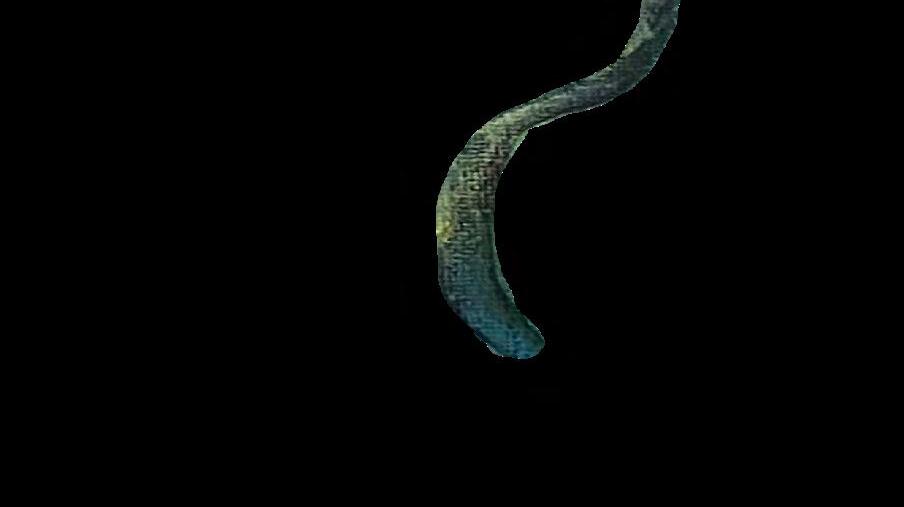


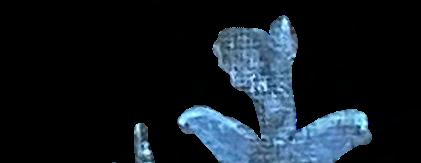




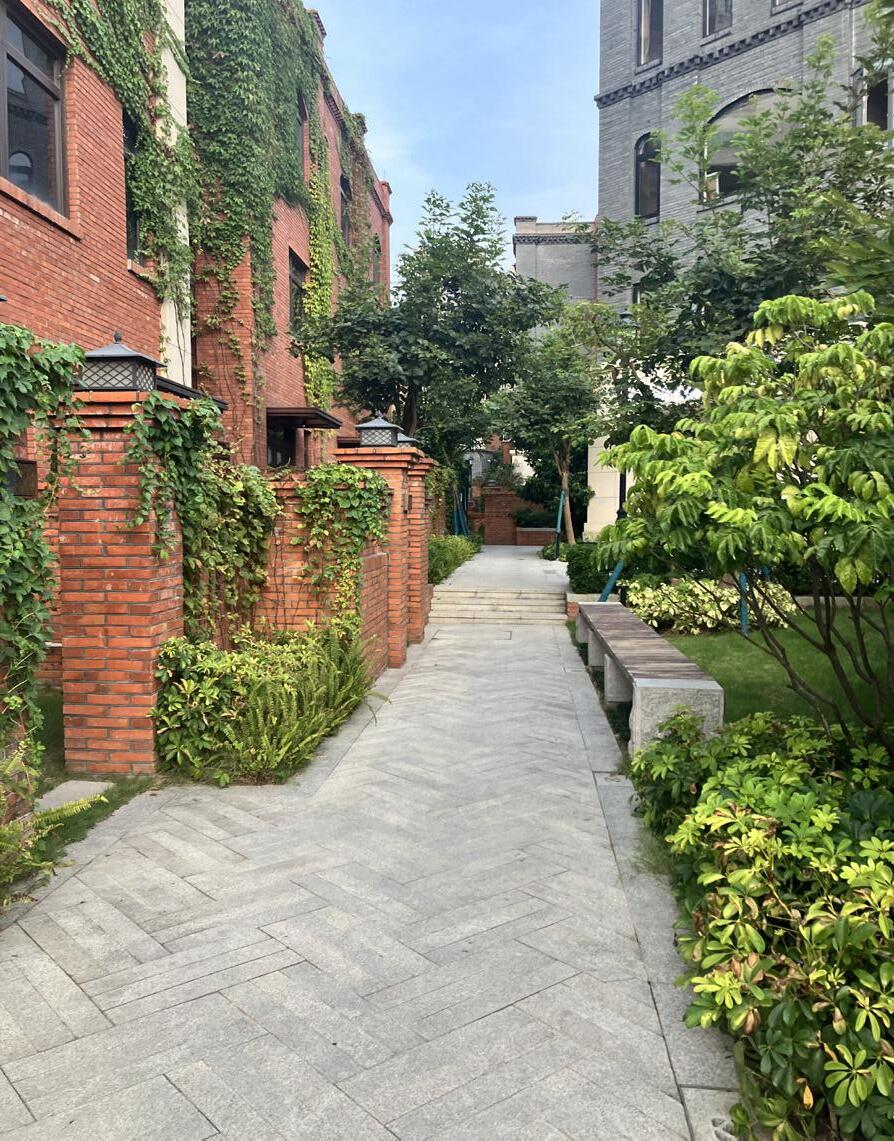

ANONYMOUS, photography
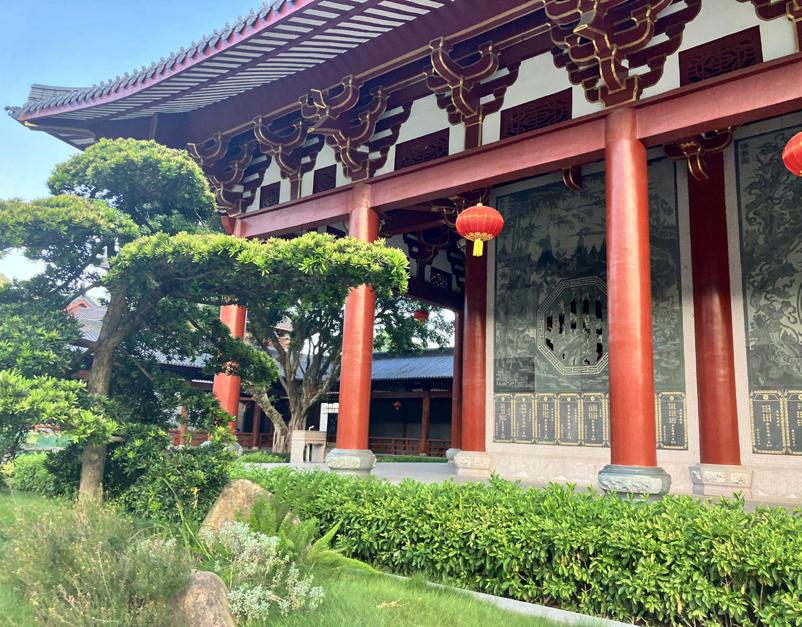
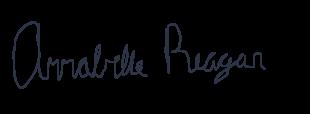
ANNABELLE REAGAN, poetry
season 9 episode 22
a recording of the author reading their piece.
i pause it and fip back to the frst episode ready to rewatch living through the excitement once again i’ve never seen the last episode of my favorite shows why would i want them to end?
i always cry on my birthday i couldn’t tell you why i’m not an emotional person i don’t tear up at movies or old people eating alone but every october 11th tears well in my eyes maybe because the year is ending which means one year closer to not being a child any longer
i hate highschool but somehow i don’t want it to be done i hated 13 but i cried when the clock hit midnight and a new year of life had begun
i’ve never liked endings but what i hate even more is new beginnings so i sit in a loop once again same tv show season 1 episode 1

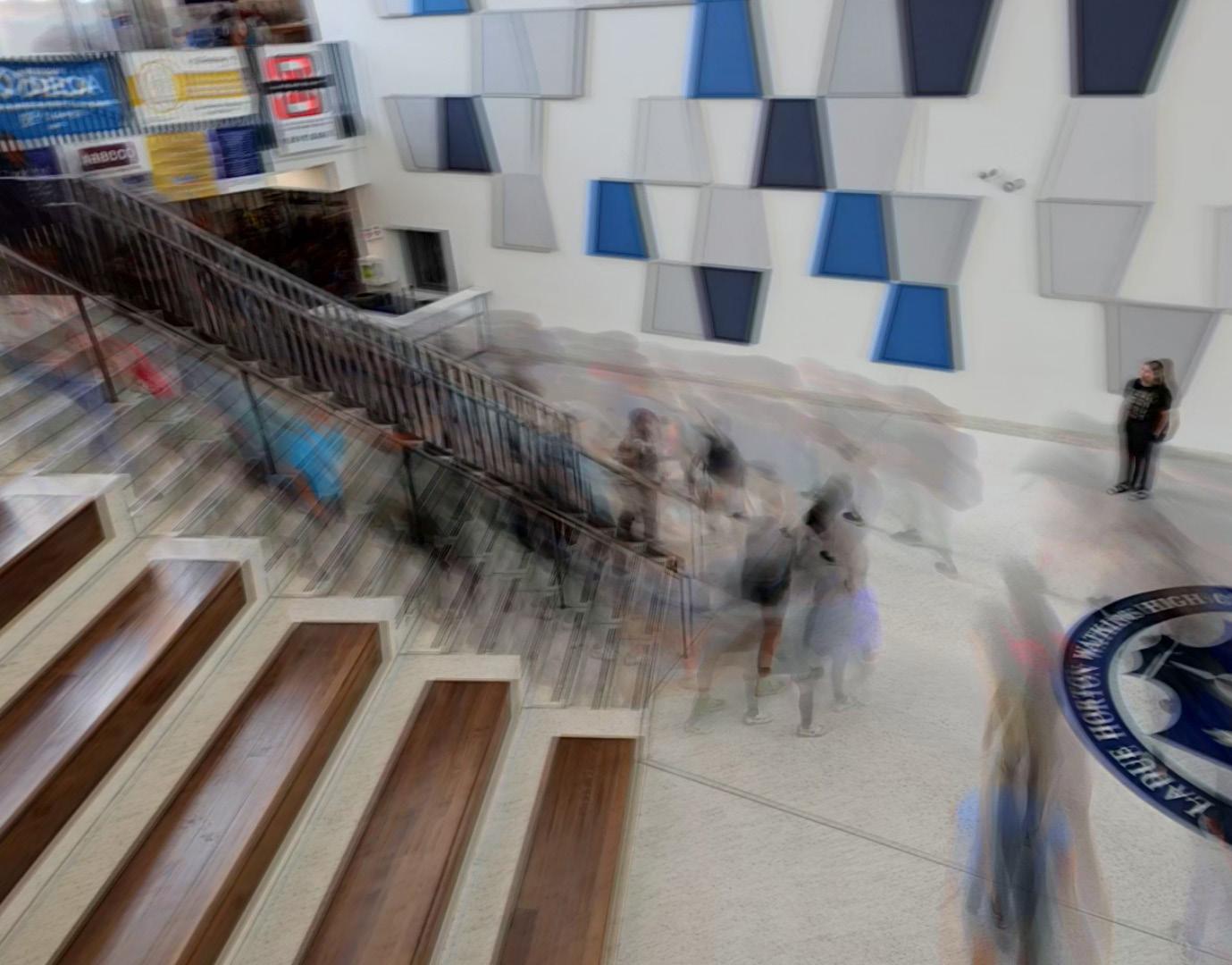




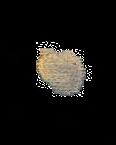

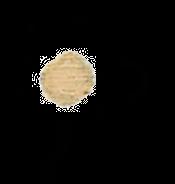



Just beyond the three-foot-tall pine sapling, the grizzly bear, with its cinnamon colored fur and distinct hunch on its back, stopped walking and turned its head to face me; its body fully resting within my sights as I stood among the fallen pine needles, dead leaves, and broken branches. The bear locked eyes with me, sending a chill up my arms and freezing me in place. Then, lowering its head, it sniffed around the fallen tree, each deep huff echoing like a bull’s snort. My father and uncle followed closely and urged caution to me, the ambitious seventeen-year-old, as I continued to move closer and closer in an attempt to get a perfect shot. With its left side towards me at a quarter turn as I approached it from behind I had fnally gotten into position to take the shot I wanted to after an hour of stalking this 350 pound creature through the dense-
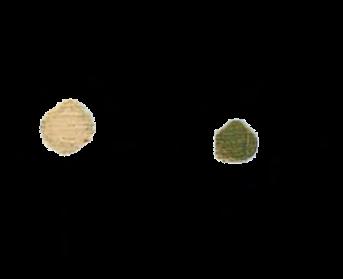
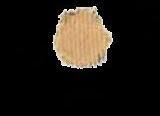


ly packed Montana pine forest.
Rewind a couple years to the last time we had been out in the wilderness together.
Rewind a couple years to the last time we had been out in the wilderness together. That trip also had an intense encounter with a wild animal. As the three of us were camping near Rocky Mountain National Park in Colorado, my uncle had a chipmunk run up the leg of his shorts when we were sitting on the ground around the campfre. The chipmunk became stuck in there for about a minute as he got up, jumped, yelled, hooped and hollered, and banged his legs with his hands.
“Get it out, get it out,” he pleaded.




“It’s just looking for some nuts,” my dad and I yelled.
That little phrase caused the inherent humor of the situation to reach critical mass and the three of us began to laugh uncontrollably, the chipmunk still inside my uncle’s shorts.


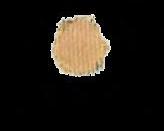










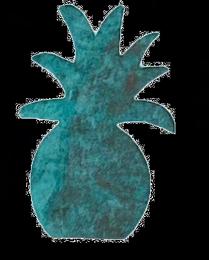
Scan For a recording of Baltzell’s music.



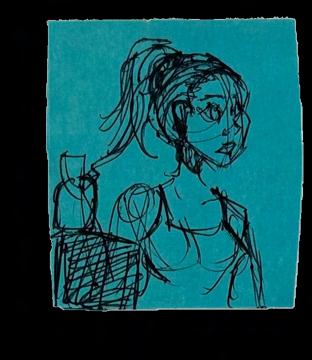
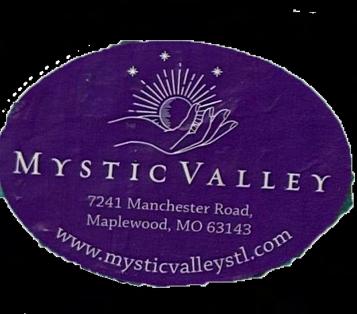
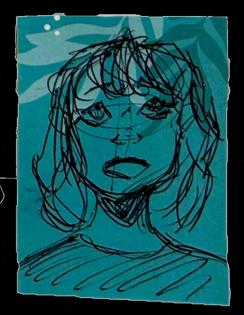

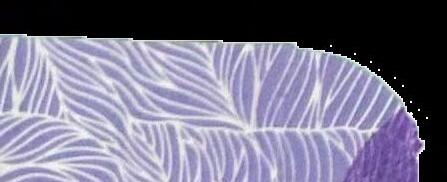


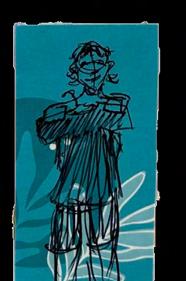


ink

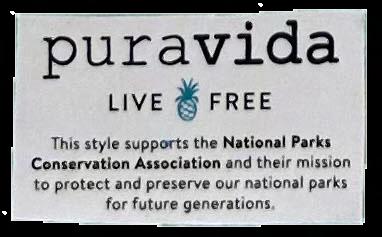
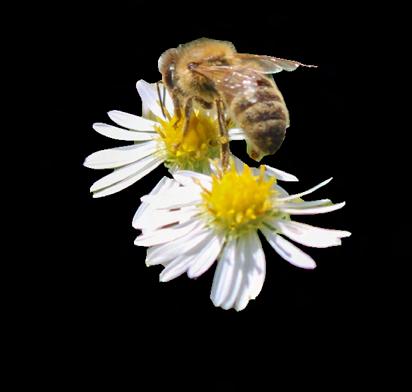


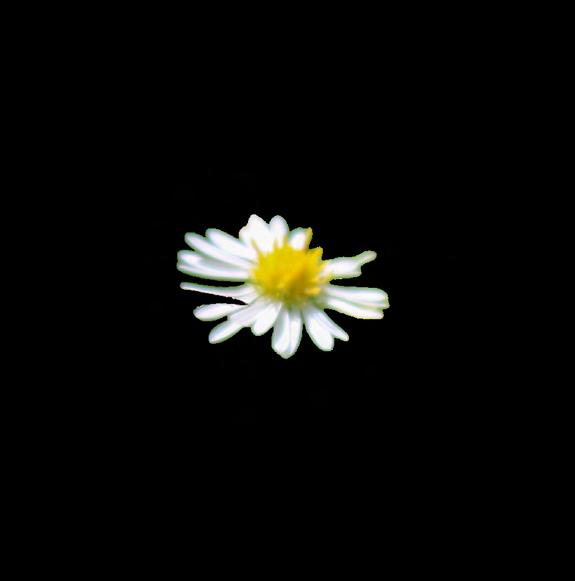



“Kelp Forest” is part of an experimental collection of abstract gouache landscapes. Being the third gouache painting that I’ve ever made, along with the second of the collection, “Kelp Forest” is an experiment with the color green, though I’ve separated it into blue and yellow.

The Slavic daughter sits in a room with her Slavic family, Watching coffee as it passes between women, And though she can’t understand, one thing she notes; The Slavic great-grandmother does not smile.
The Slavic daughter rolls out dough with her Slavic grandmother, And when looking up for assurance The Slavic grandmother continues to knead. The Slavic grandmother does not smile.

The Slavic daughter hugs her Slavic grandfather goodbye, Giving kisses to Slavic step-aunts, And as they walk from the house, the Slavic daughter sours Because her Slavic mother doesn’t smile.
The Slavic daughter sits in the car with her Slavic father Who presses her why she is so quiet. The Slavic daughter forgets to answer And the Slavic daughter doesn’t smile.
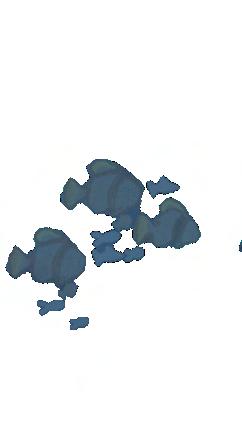
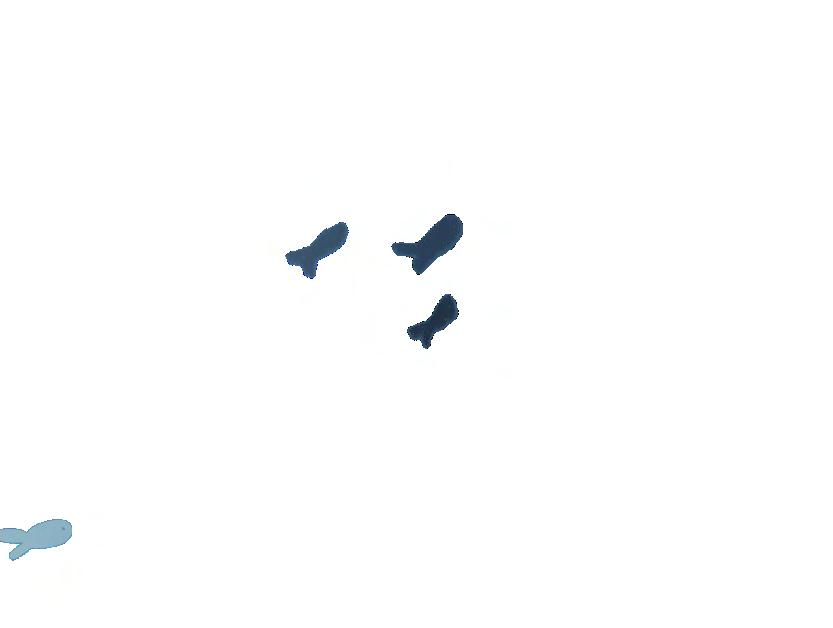


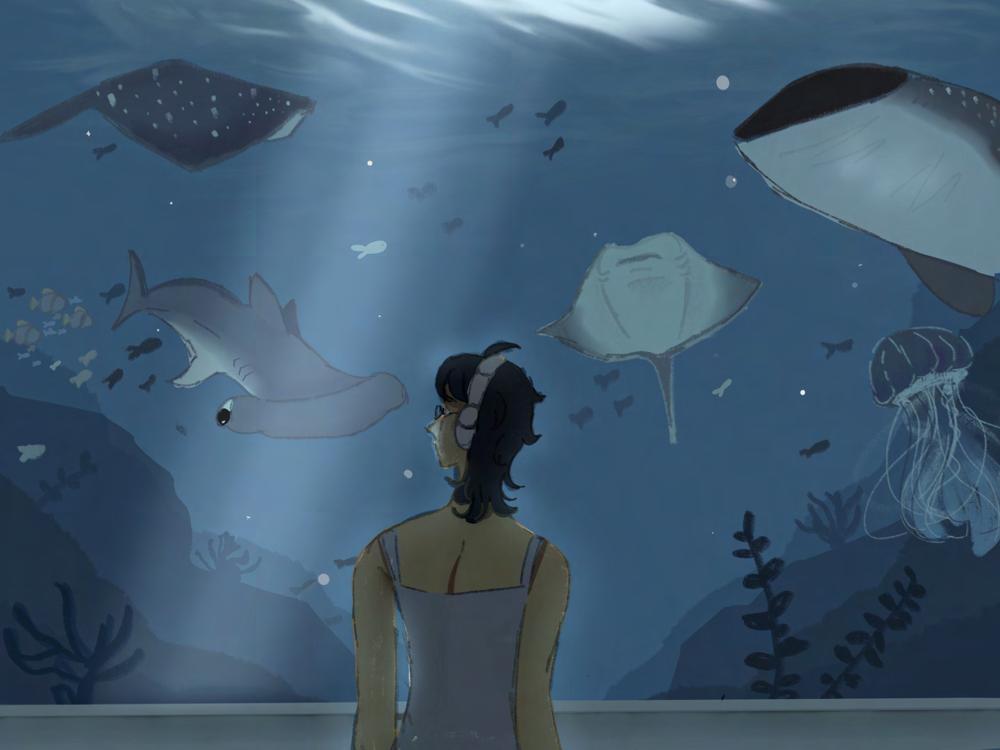


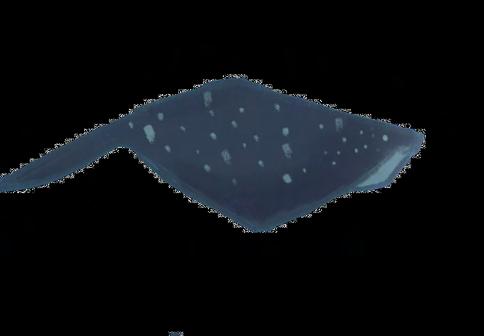


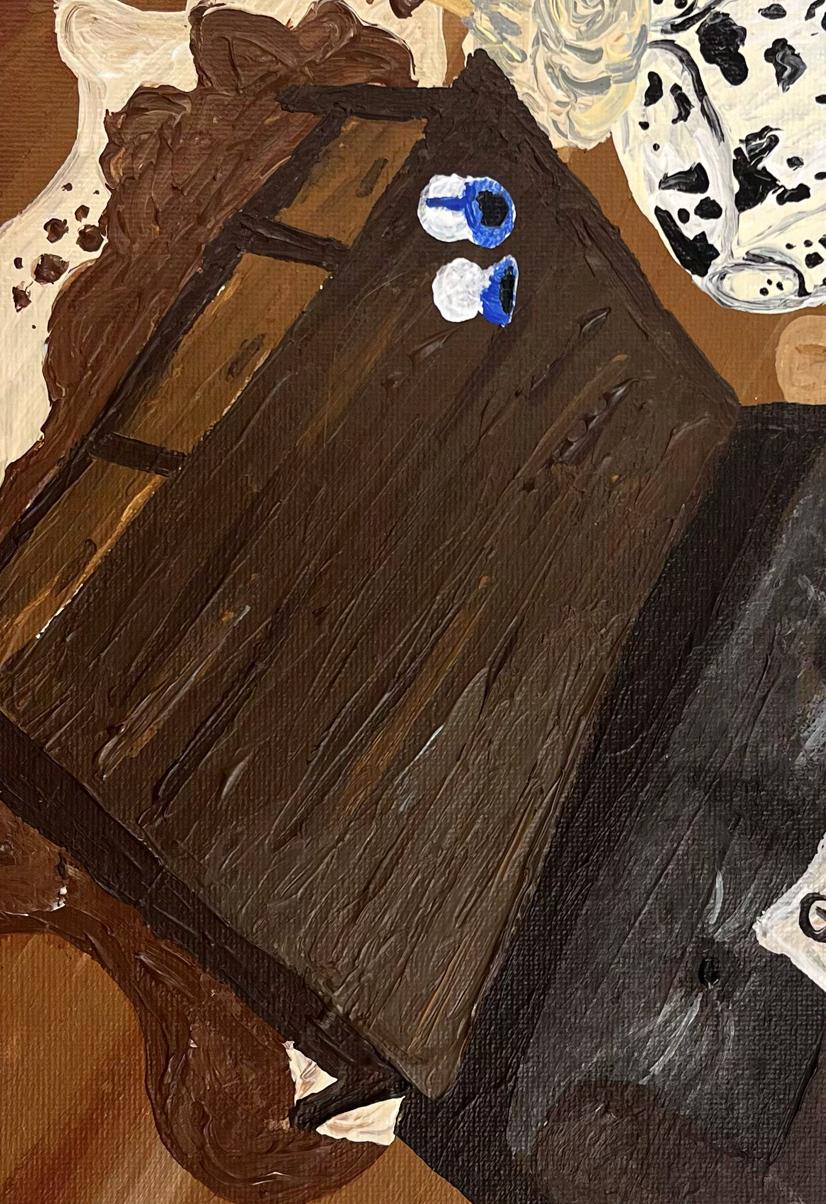

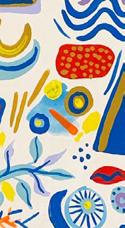
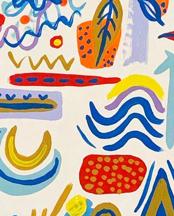

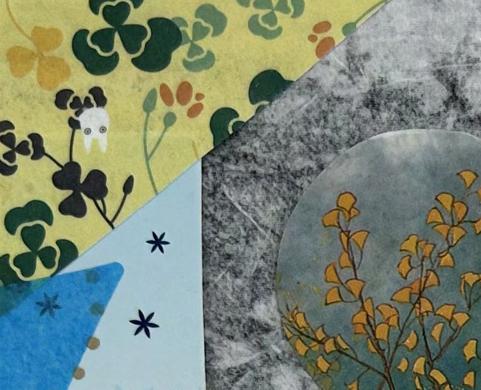






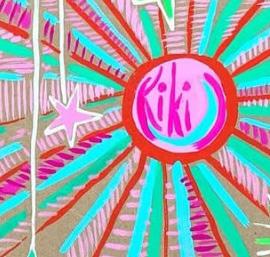
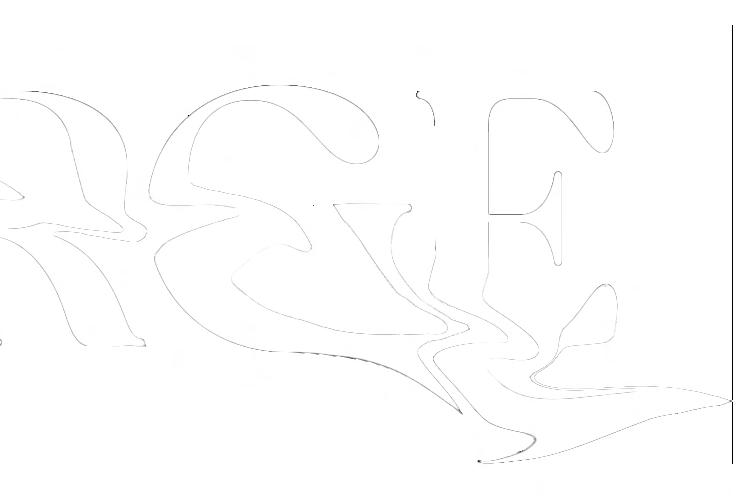



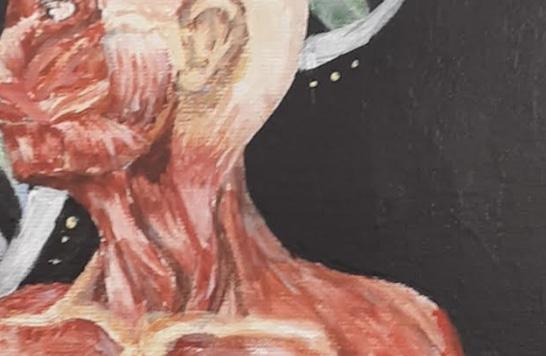

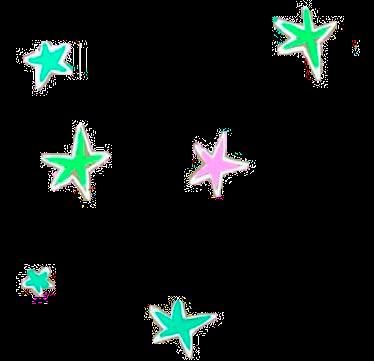

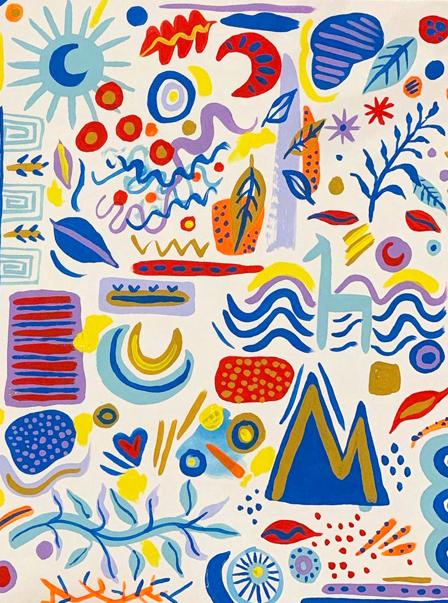
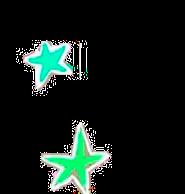
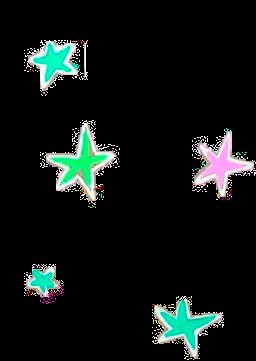















ELLA BENDER, poetry
my skin is suffocating my soul. i wish i could peel the fesh right off of my bones. i would turn myself wrong side out, let my organs tumble to the ground, as my bedroom foor becomes more blood and guts than carpet and dust.


For a recording of the author reading

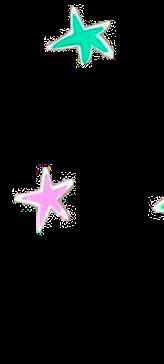
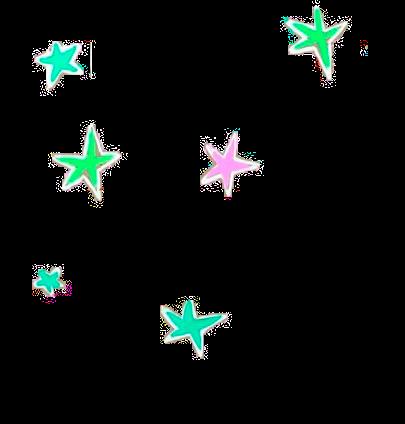
i can’t escape the jail that is my body. i didn’t ask to be constructed incorrectly.

why won’t you set me free? let them sever the rotten parts of me, then i won’t stain the walls as pink as can be.
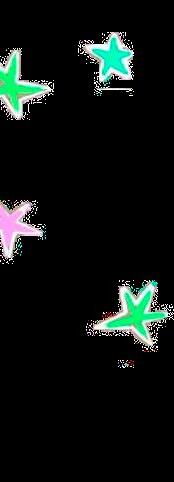


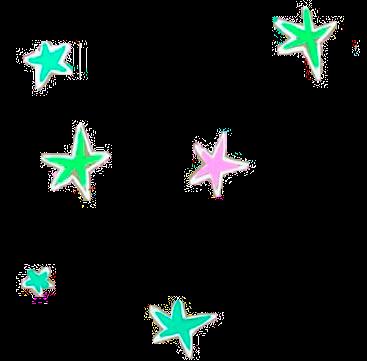



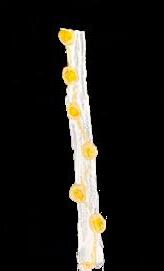
















ELLA BRAIG, play
Laura’s room.
Bennett is attempting to braid her own hair.
For the full play.



LAURA
Do you want me to help?
BENNETT
Um, I think I’m good. (She continues to braid. It isn’t working out,) Actually, Morgan, can you do it for me?
MORGAN Ok.
BENNETT
I just feel like you’re so good at it. I can never get it right.
MORGAN
Aw. You’re sweet.
Feeling rejected, Laura sits on the bed so that she is physically above everyone else.




LAURA
Ok, so, we should probably start the meeting by / talking about the—
PIPER
Yeah, you really are good at it. Can you do a fshtail?
LAURA
You guys, seriously. We have to get back / on track.
MORGAN Probably. Dunno. Haven’t tried it.







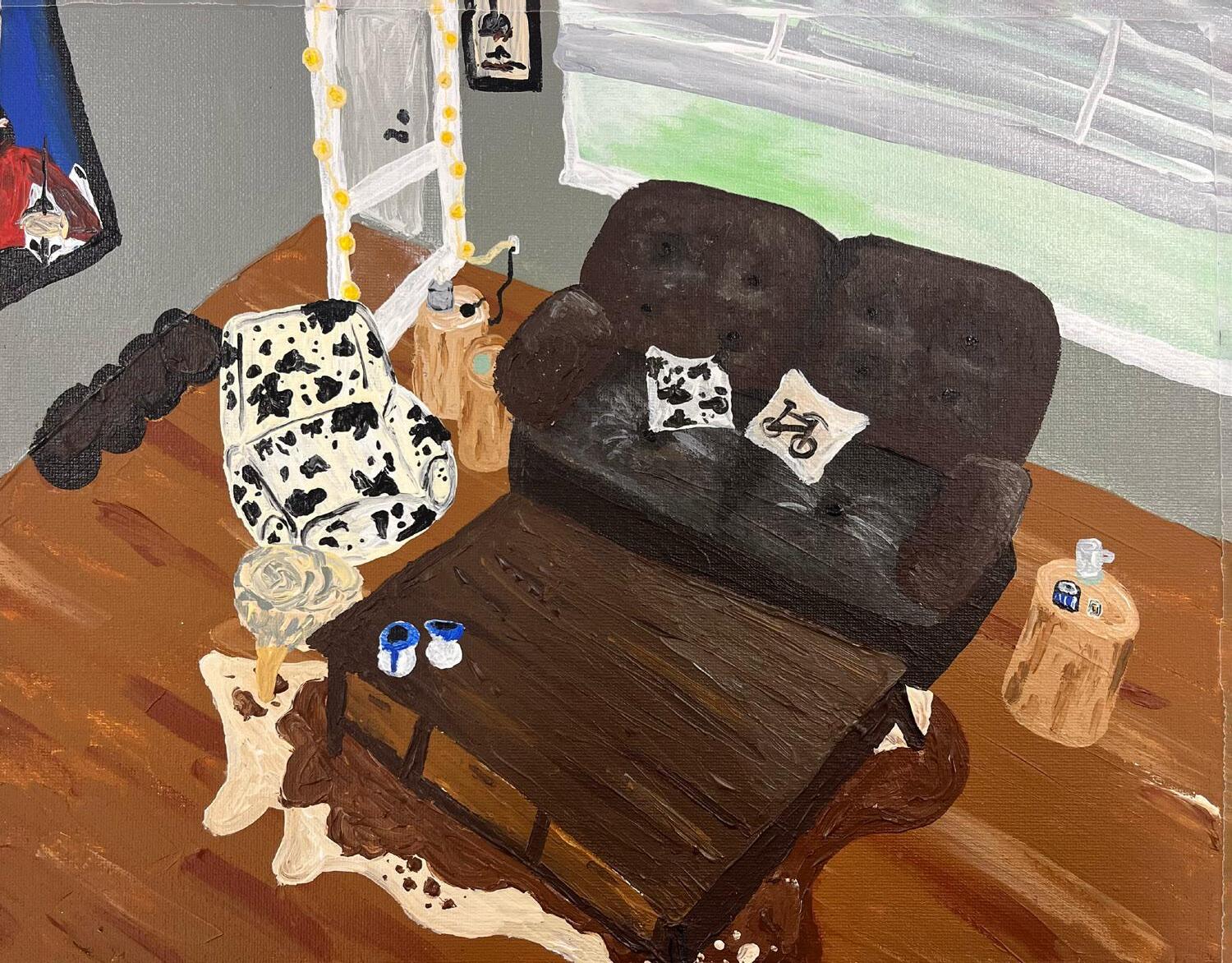
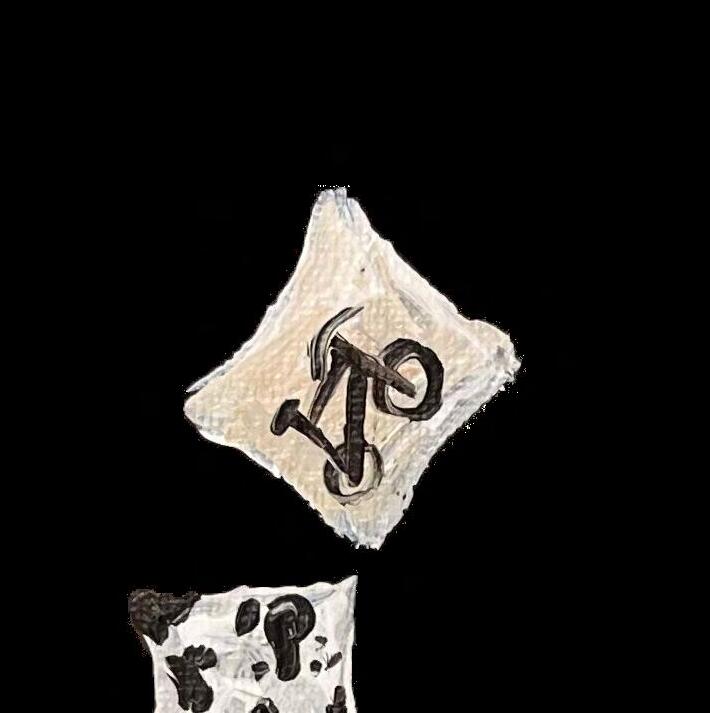
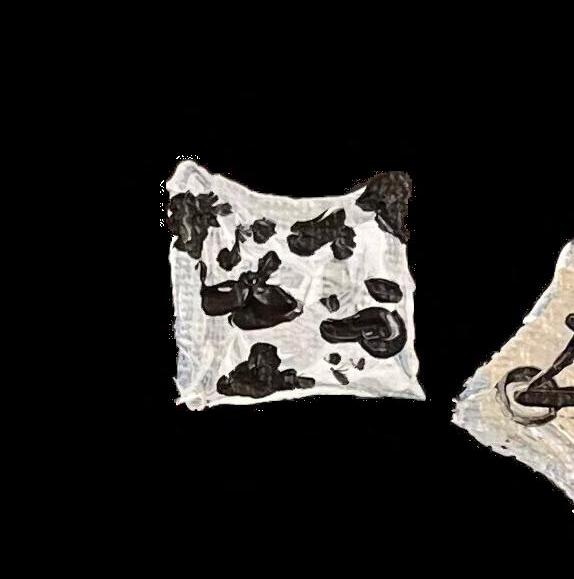
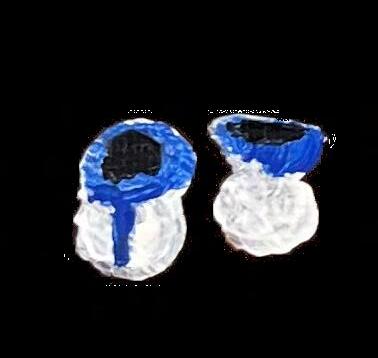




YUEHENG WANG, music score
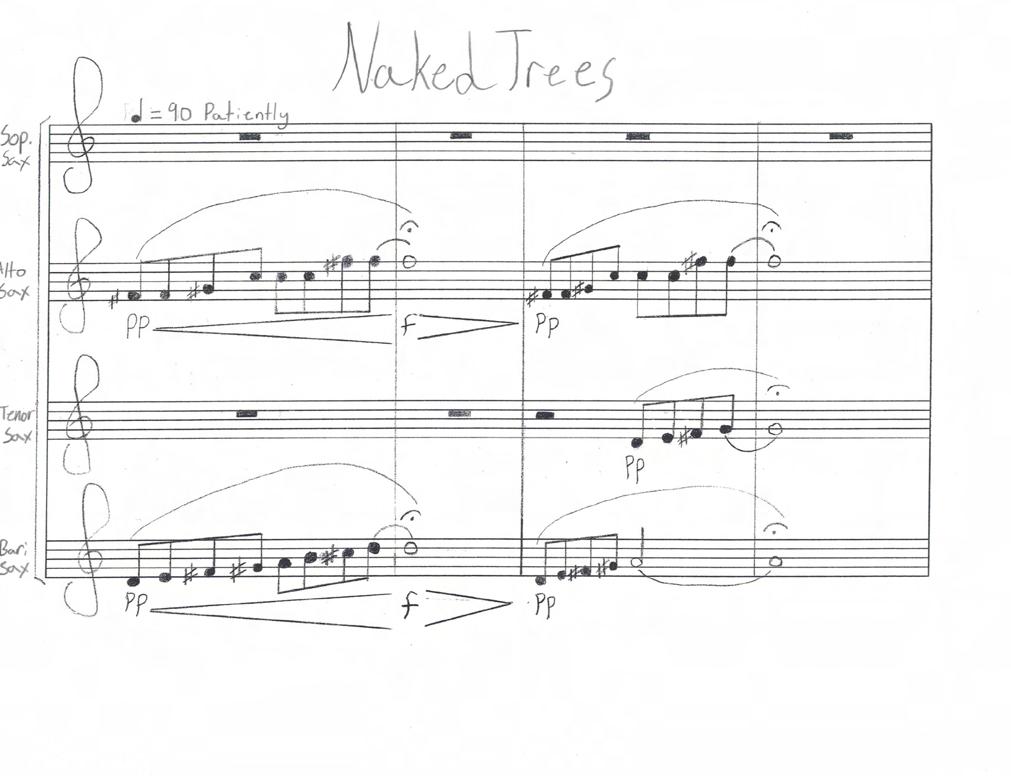
Q: How did you start writing music?
A: I started playing piano when I was six, and I wasn’t the best student, so I didn’t practice that much. Then during lessons, I would kind of make stuff up, and my teacher thought that was interesting and that I should write that down.
Q: What draws you to music?
A: I use music as a form of expression because it’s my philosophy. I think
it speaks for itself the most, if you just have an open mind and can emotionally touch you the most. I also really just like sounds and timbres.
Q: Can you walk me through the creative process?
A: I just let my subconscious write the music, or I get stuck thinking, this was not part of the plan, this is not good. I compare it with other people and then can’t write anything. I’m paralyzed.
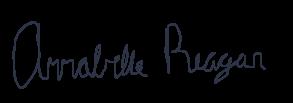
ANNABELLE REAGAN, prose
The stand mixer’s gentle hum is the soundtrack to my thoughts. I carefully check and re-check each step, folding in the Pepto-Bismol-color cake mix with the oil while glancing up to see if my mom is watching. She’s not. I measure out the four, lifting the measuring cup to my eyeline to make sure it’s perfectly aligned. I spray the cookie sheet over the sink as I’ve seen my mom do a thousand times before, perfectly imitating her technique. My ears burn when I hear a soft knock on our apartment door.
“John’s here!” I yell to my sister. “Can someone get the door?” My sister leaps up to let our brother in, embracing him with a big hug.
“Smells delicious,” he says as he nods in my direction, smiling at the four on my clothes.
I reply with a small quiver in my faint voice. “We’ll see!”, as my eyes ficker to the oven, seeing the topping hopelessly melt. The four-Jello mix bubbles from heat while embarrassment bubbles inside me. “Perfect,” I mutter sarcastically under my breath. I rack my brain with what

could have gone wrong. I had made these cookies before, so what’s different now?
My intrusive thoughts are interrupted by John. “Those are my favorite cookies at Crumbl, I hope they live up to the expectations,” he winks playfully, casually dropping the “E” bomb on me.
Expectations. Since I was young I’ve strived to live up to personal expectations. Like bumpers in a bowling alley, they keep me on track for strikes and spares, never gutter balls, rolling for a perfect 300.
I m startled because it s not perfect, nor is it a complete failure. ’ ’

My mom has always said that baking is a science, it has to be exact. Perfect. So as I stared through the oven window, heat baking my face but not my cookies, I freak out. I was exact! I was perfect! It still didn’t work.
The topping crumbles between my fngers, oil lathering my hands, testimony to my imperfection. I plaster a smile on my face to mask my failure. I am not perfect. As tears well up in my eyes, John silently walks to the cookie sheet which frames my masterpiece, plucks a piece and pops it in his mouth.

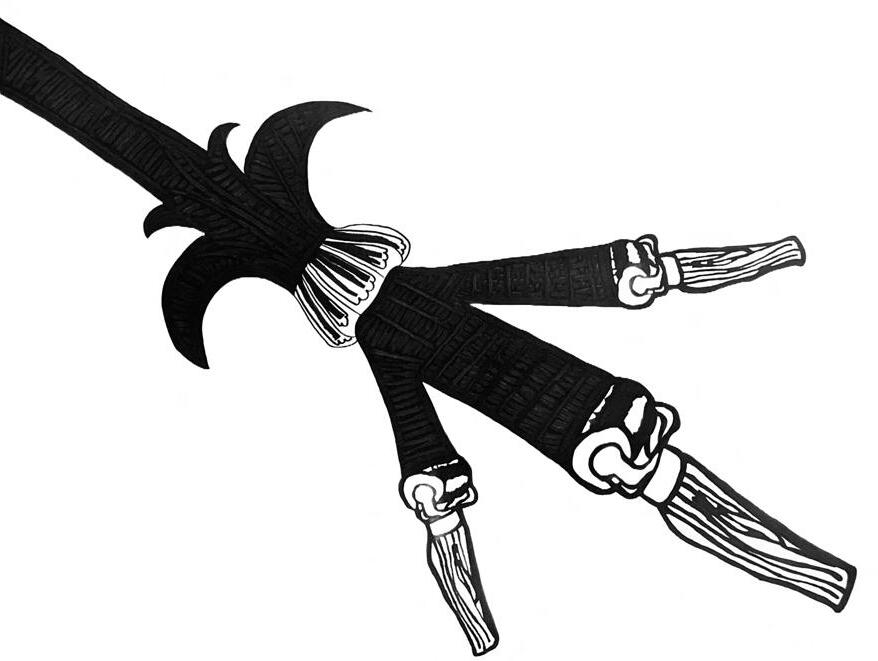
For the full piece and a recording of the author reading it.
a recording of the author reading their piece.



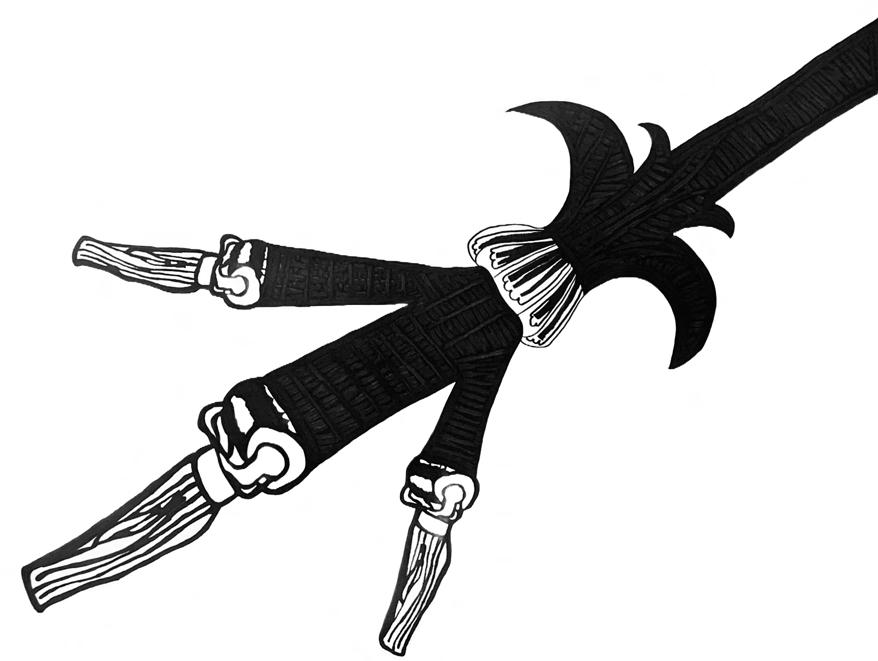







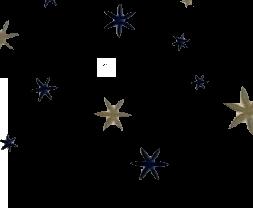

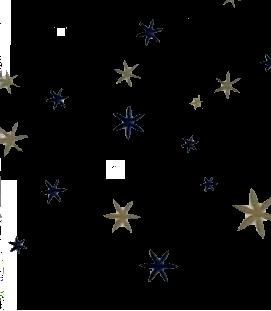

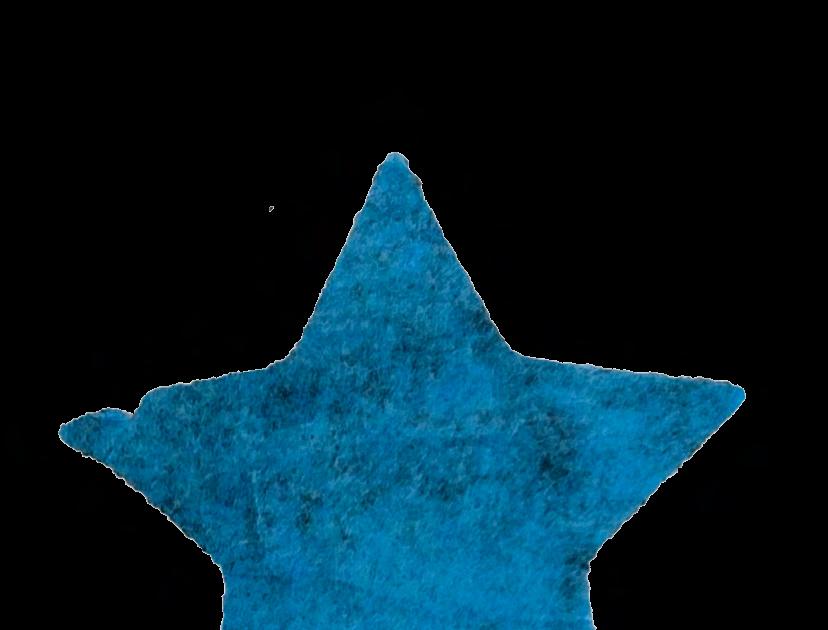




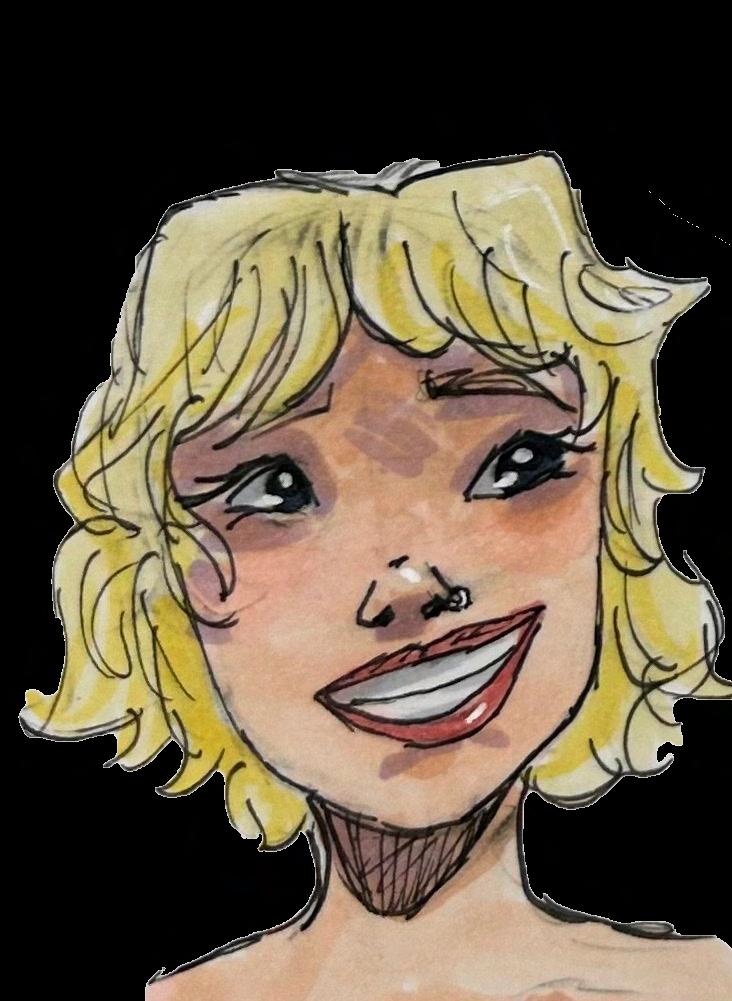

SAHIL CHATWAL, video

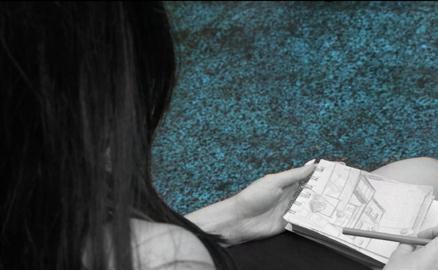
Chatwal’s short film.


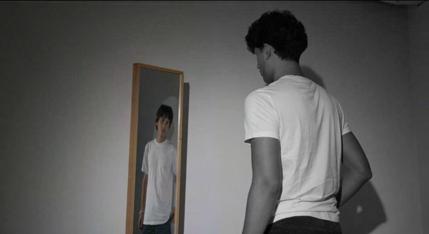

“The Color of Culture” is a direct response to both my struggle with my Indian identity and my research about world problems, notably gentrification. Made at the 2024 NYU Summer Filmmakers’ Workshop, the film intended to contrast two stories, one of someone gaining their identity, and one of someone slowly losing it. While these were two distinct ideas, the film attempted to tackle both in a short five minute runtime.

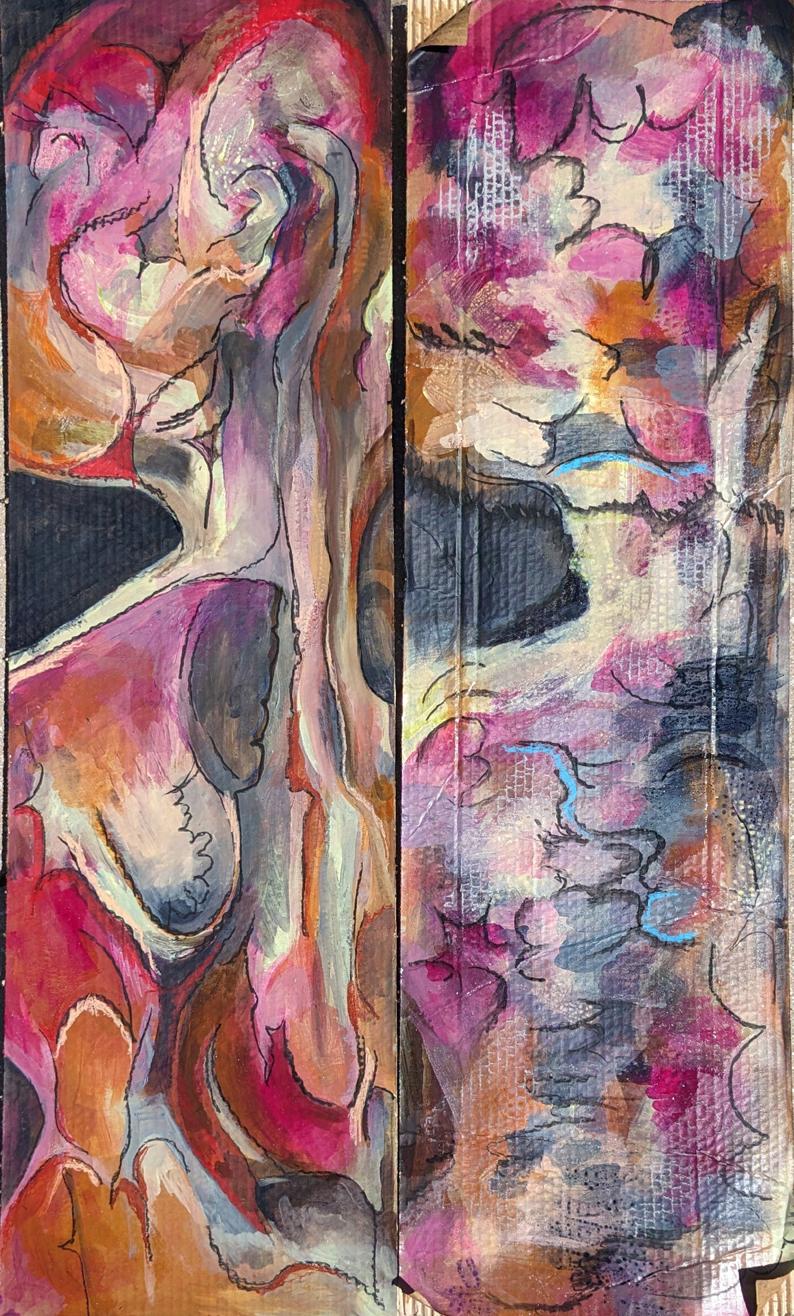
Replication she s literally me GRAY BAKER, mixed media , !) (
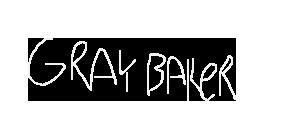
Q: How did you first get into art?
A: Art was always a part of my life since middle school, but then in high school, I started taking art classes, and it fit into more of a career path for me.
Q: Walk us through your creative process. How do you begin a new piece?
A: It starts with weeks of preliminary work. I plot in my notebook for a very long time. I write down words I hear, I write down phrases that I find interesting, and I save them. That’s why I love titling. It’s one of my favorite parts of making art.
Q: What inspires you when making art?
A: People. I love being able to capture intensity. I wish that I continue to have that love, because it makes me so happy to put that into my work.
Q: What emotions or messages do you hope viewers will take away from your work?
A: I want people to see how it relates to their own feelings, their own lives. There’s definitely a personal vibe in what I create, I’m not going to deny that, but I hope people take it upon themselves to think about how it could relate to them.
Q: What advice would you give to emerging artists trying to find their voice?
A: I think you just have to make the weirdest thing you can think of. It’s going to terrify you so much, and for a long time it will be scary. You will get judged, that’s not even a question, but you need to do it. It will make you see the world differently.

I have been practicing painting by following tutorials and I wanted to create something of my own that combined painting and my favorite subject: anatomy and physiology. That is how I created the “Coded Structure” painting.








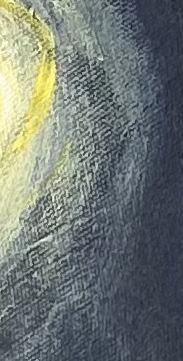


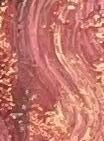

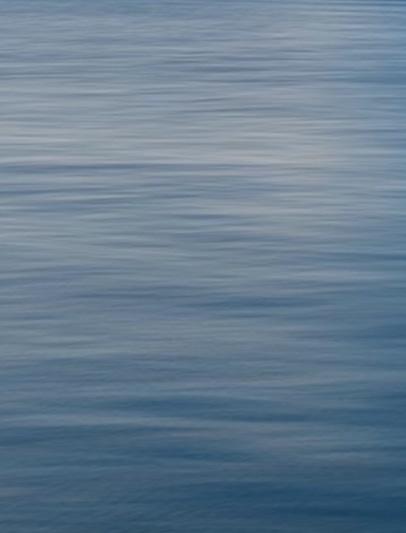


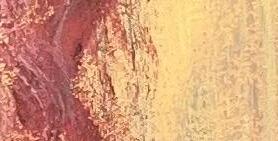


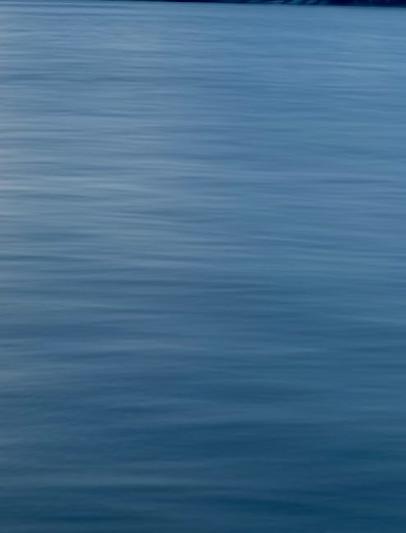
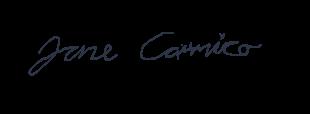
Q: How did you first get into art?
A: My parents are artists in different ways, and they’ve always encouraged the creative side without forcing meinto anything. When I showed an interest in painting, they got me set up with supplies.
Q: How have you and your work evolved over time?
A: I’m getting better at shading, figuring out my perspective, who I want to be as an artist and what I want my pieces to look like.
Q: How did “Sesuit Harbor” come to be?
A: [Rebecca] Rubin-Schlansky saw my work in last year’s Melodrama and really resonated with it. She offered me a commission and [we] kept in touch.
Q: What advice would you give to beginning artists?
A: Don’t be afraid to put paint on the canvas. It can seem daunting, but you can just start again. There’s no wrong way to paint.



act i: w is for weeping

ALEX WANG, poetry
embers propagate through homes ravaging dinner tables, desk chairs, bed frames, and closets of little clothes; clothes now devoid of purpose.
blood soaked smog plagues the streets and drowns out the silent births of orphans.
they watch the devils in uniform who love to kill kill the loved.
act ii: a is for avengement
hands rubbed and scraped in the burnt umber water but the red wouldn’t come out; it stains the skin and engraves itself into the eyes.
their minds poisoned with fear and reverence but the hearts are tainted tainted with ferocity and a lust for vengeance.
act iii: r is for recurrence and so the violence recurs, with numbers going up in the papers while numbers go down in the towns. and in each vengeful blow, sorrow spins its endless wheel.
Scan For a recording of the author reading their piece.




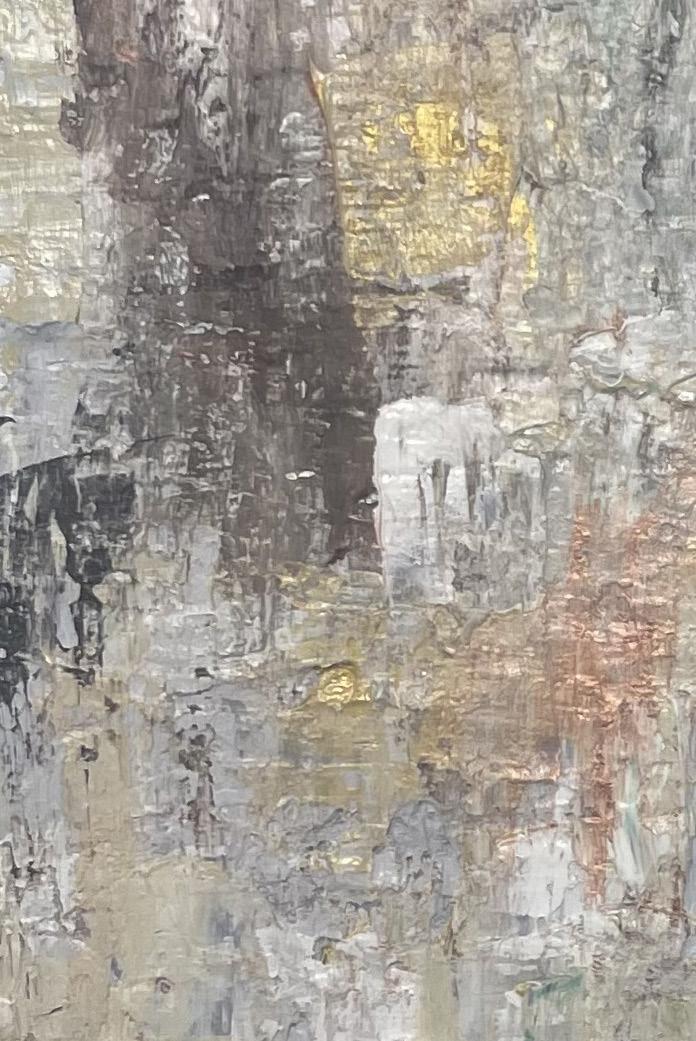

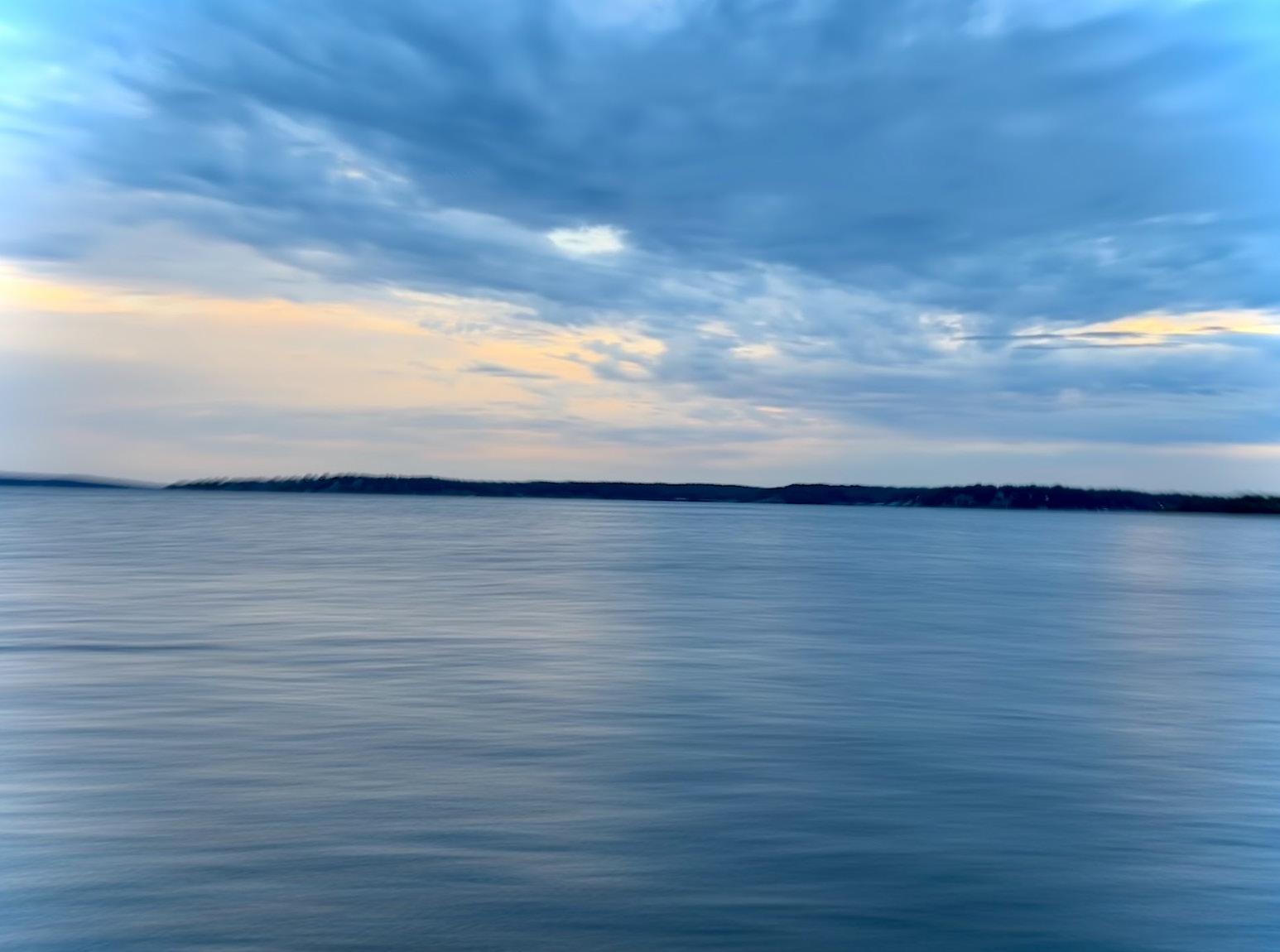
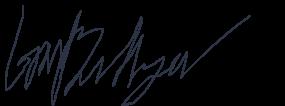


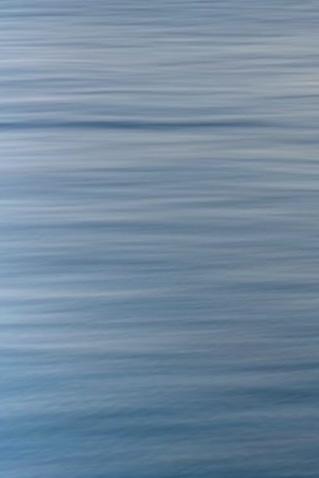
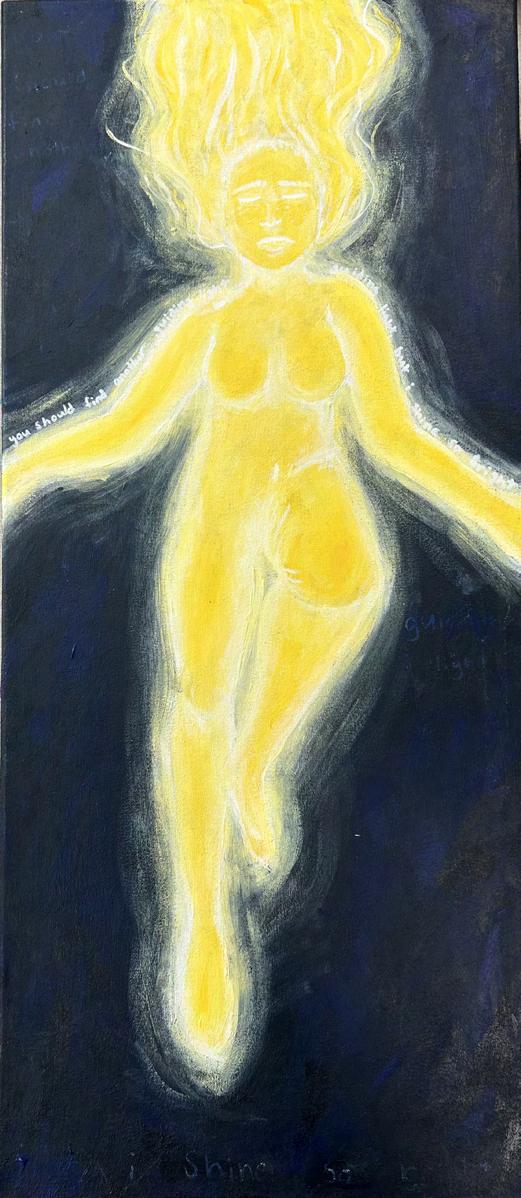




A’MIRRA TURNER, poetry
The rose grew thorny and hidden
Careful to bloom and show it’s red
Yet the more it showed color vivid
The more the thorns were there instead
The lily grew gently yet quickly
Pure and soft, no need to defend
Yet it became easier to feel sickly
As arms reached out as it would ascend
Their dooms would soon meet them
The lily would melt
The rose would shrivel with its stem
If only they would’ve helpt
Each other.

I always feel either like a rose or a lily, I always have too many thorns or none. Both of those things lead to pain, so I believe it’s essential to find a balance and set boundaries without closing people off.
The lily learns a few thorns are vital
The rose gains freedom from it’s cage
Red and white, their contrast would make things right
And allow their lives a little change
Q: What inspires you?
A: My grandmother because she was a writer.
Q: What do you want your readers to take away?
A: I want my readers to feel happy, but also to get the struggle, to leave with something more.
Q: What themes do you find yourself returning to?
A: Sad things, if I’m being honest. I think that happens in poetry.
Q: Any exciting upcoming projects?
A: I’m working on a poetry book. It started as a thing for college, and my advisor told me to continue with it.

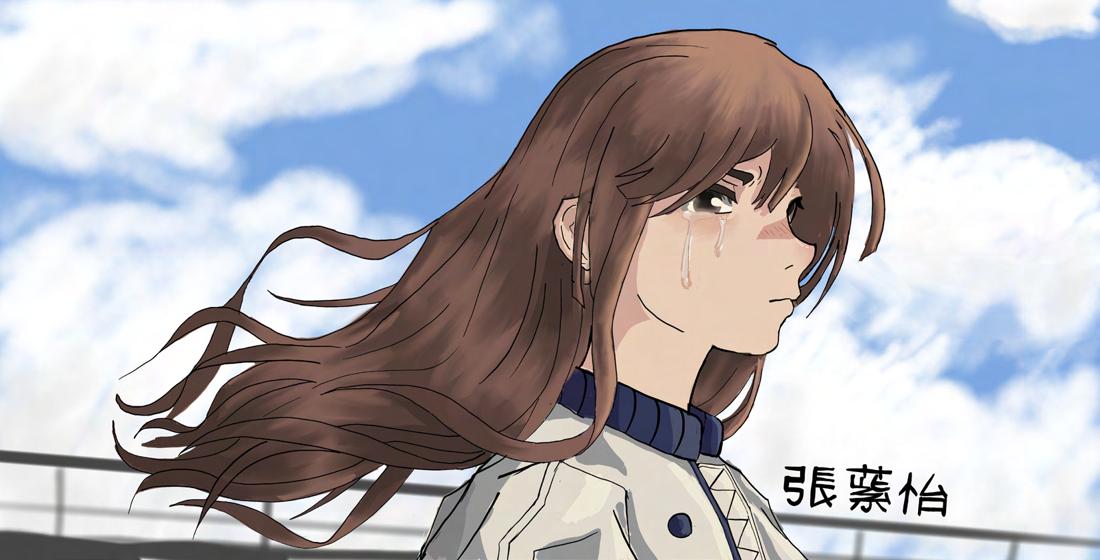


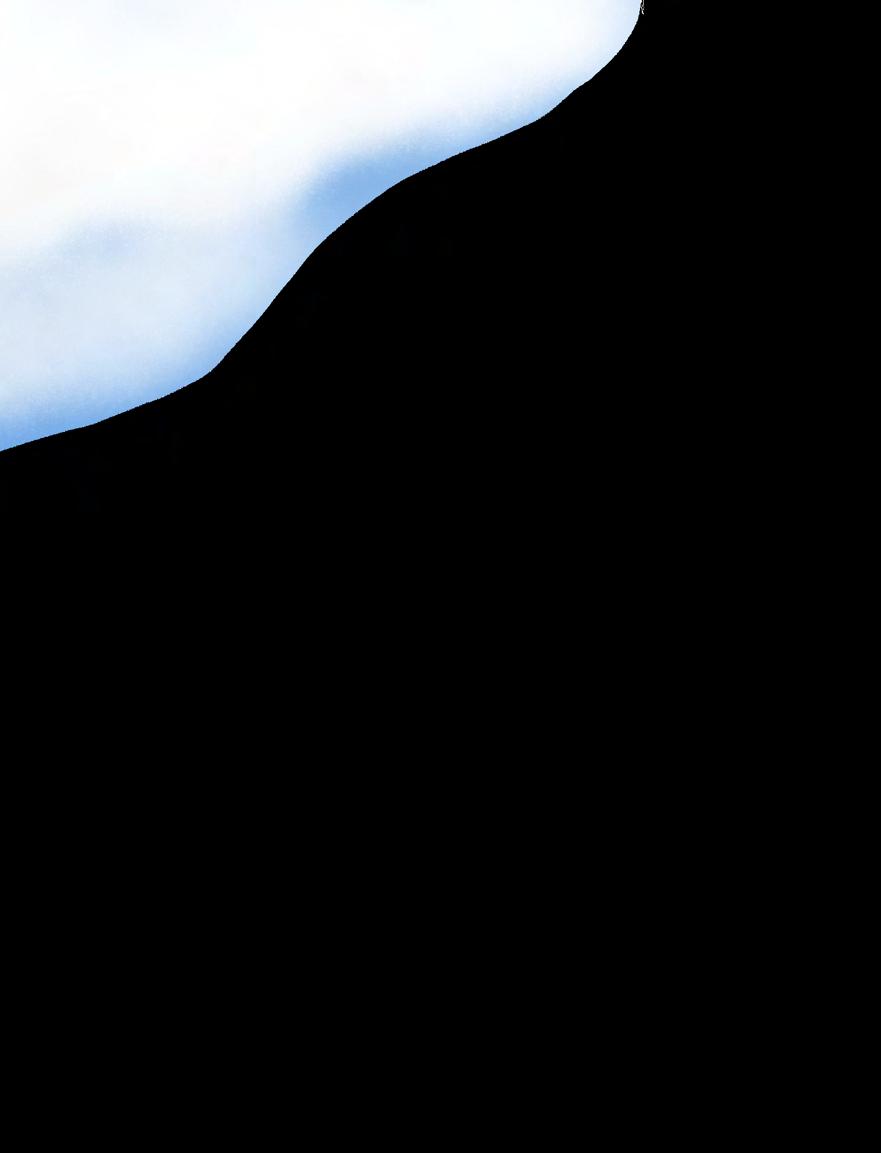

(Helen is perched on a stool, being doted on by handmaidans who wield combs

There’s nothing like the city of Sparta at night. It’s the only time of day when everything is still. Nothing is ever still anymore. Not since the War.
The last time I spent a night in Sparta was the eve of my kidnapping. Wait. Hold on.
It’s not as bad as it sounds. I was asleep in bed.
He came through the door like it was nothing and he picked me up and took me.
He carried me through the streets and shipped me out to Troy by boat. You would think I’d struggle or push him away or scream for my husband, but I didn’t. I wanted him to take me away. I think I did, anyway. Yeah, I did.
Scan For the full play and a recording of One Thousand Ships.
(The handmaidans suddenly animate and begin to pamper her. ) IRIS
Weren’t you worried about how Menelaus would react if he found out? What he’d do to Paris?
HELEN

No.
I wasn’t thinking about that. I was just looking at him. At his face.

ANONYMOUS,

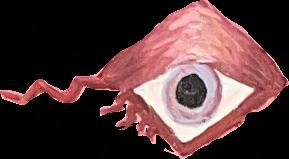




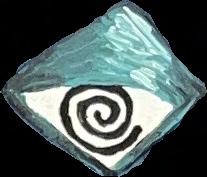



SANVI PRASAD, photography
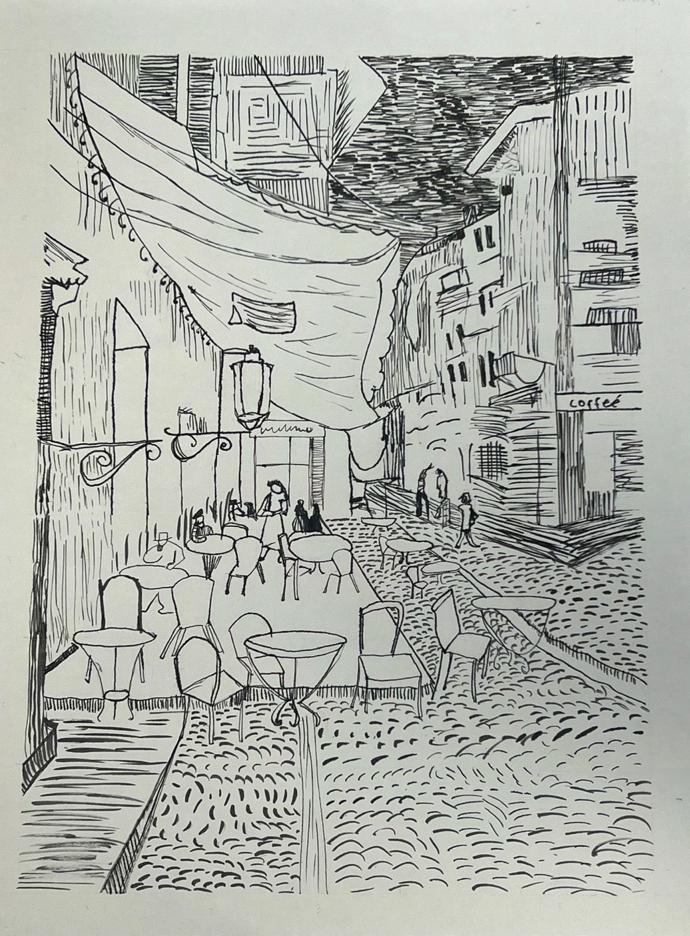
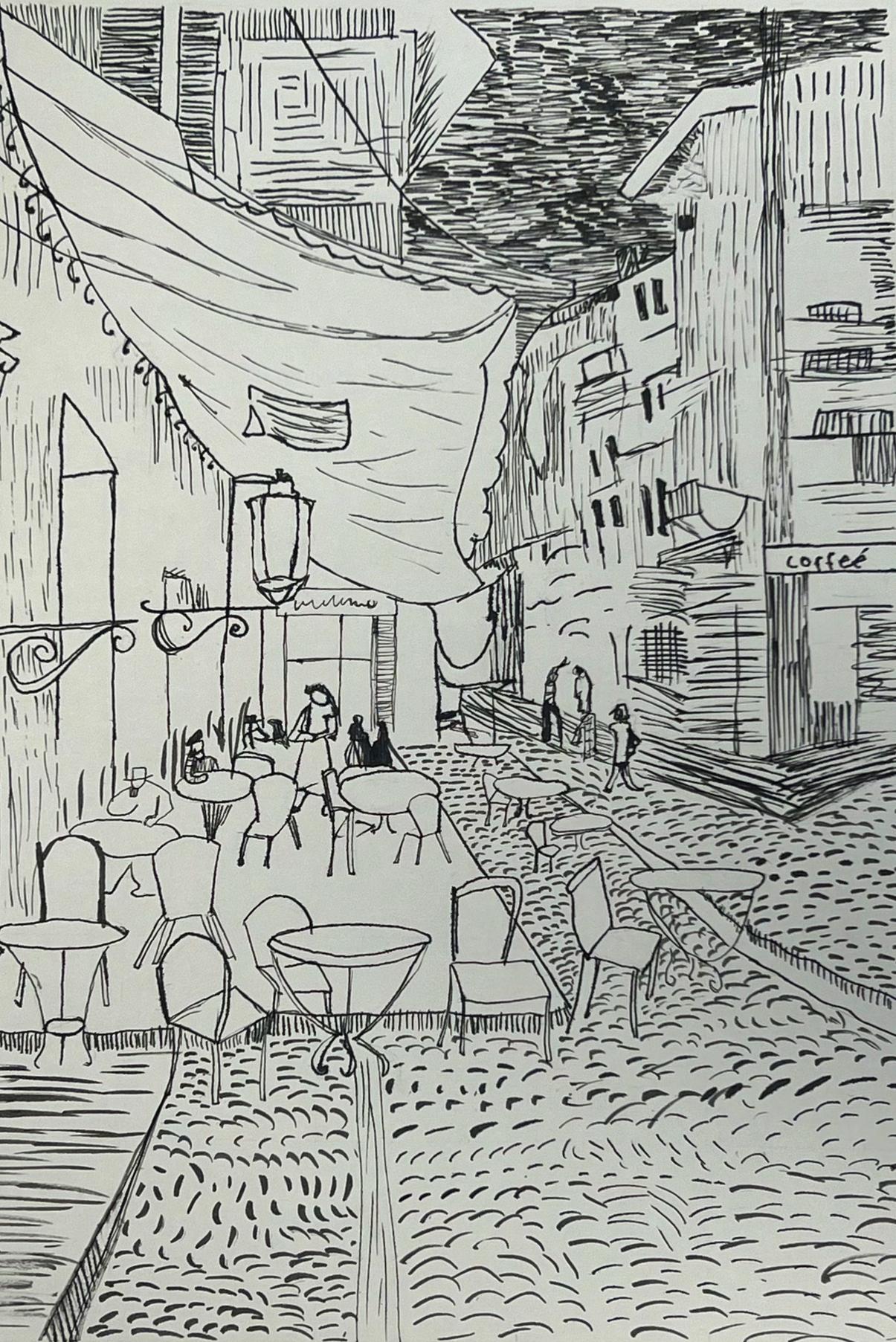

editors in chief

ARTI JAIN
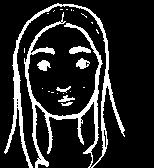
EMILY LIU
junior editors in chief

MAYA MATHEW

CELINA ZHOU
copy editors
WILL KODNER
IRA RODRIGUES photo editor
VINCENT HSIAO art editor
KELLY ZHANG staff
GRACE KWEON
JOSH DEVINE
MADELINE AWAD
MASON EASTMAN
MEG MYCKATYN
MEDHA CHODE
TIYA KAUL
JANE SCHEFFEL
KAICHEN CHOU
SANVI PRASAD
JOLIN LI
ASIYA MAHMOUD
NORA BRUNNQUELL
TIFFANY LIU
MADELINE FONG
LOUKYA GILLELLA advisers
SARAH KIRKSEY
ABIGAIL EISENBERG
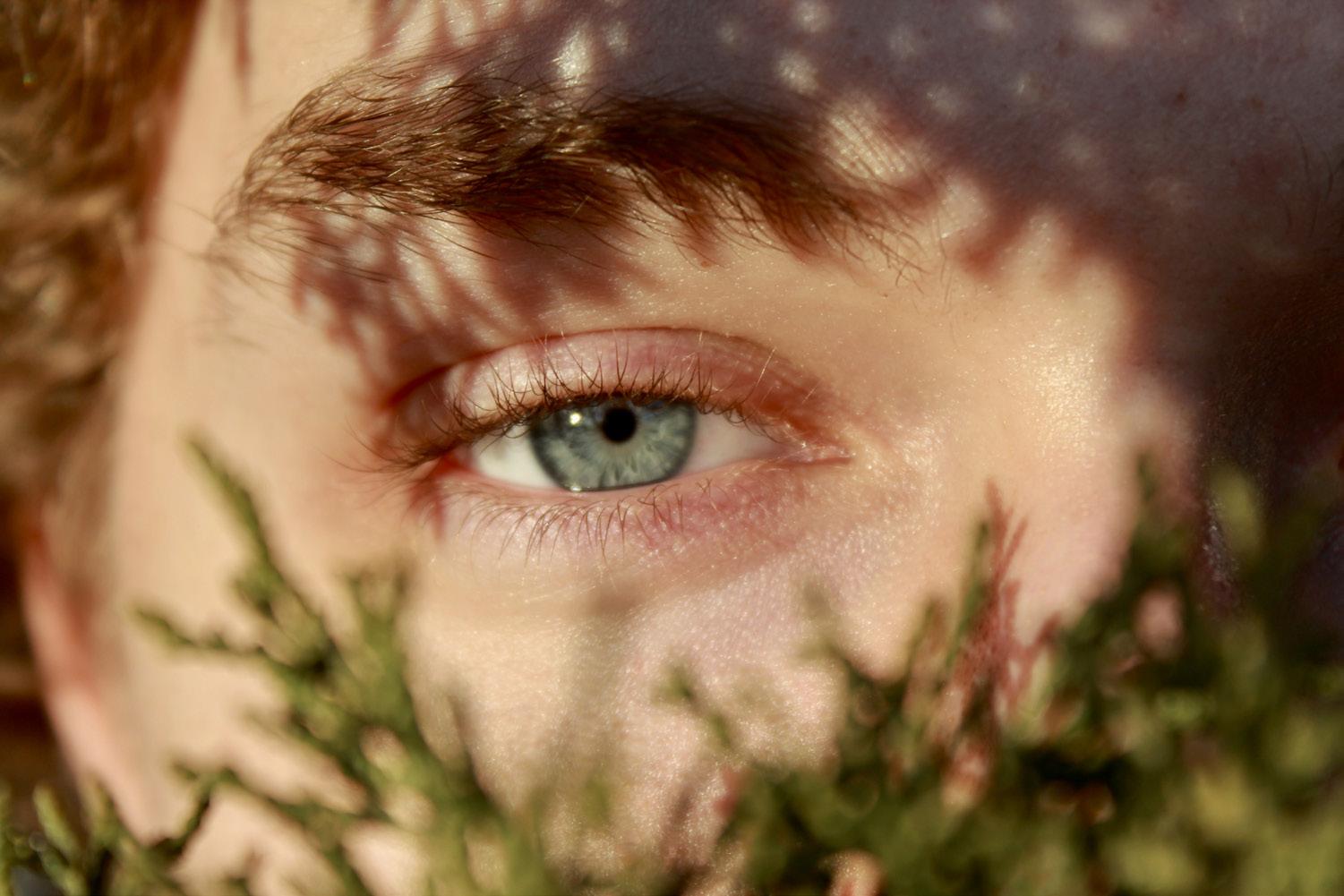

LILLY JACKS, photography
Design: Adobe 2025 software
Paper Type: Cover: #80 Classic Linen; Inside: Smooth Opaque Text #70
Page Size: 9” x 6”
Typography: Metropolis, PT Serif, OV Treasure
Content Creation: All pieces are made by Ladue High School students and staff
Paper: 200 issues, distributed to the Ladue High School community free of charge
Publisher: The Missourian
